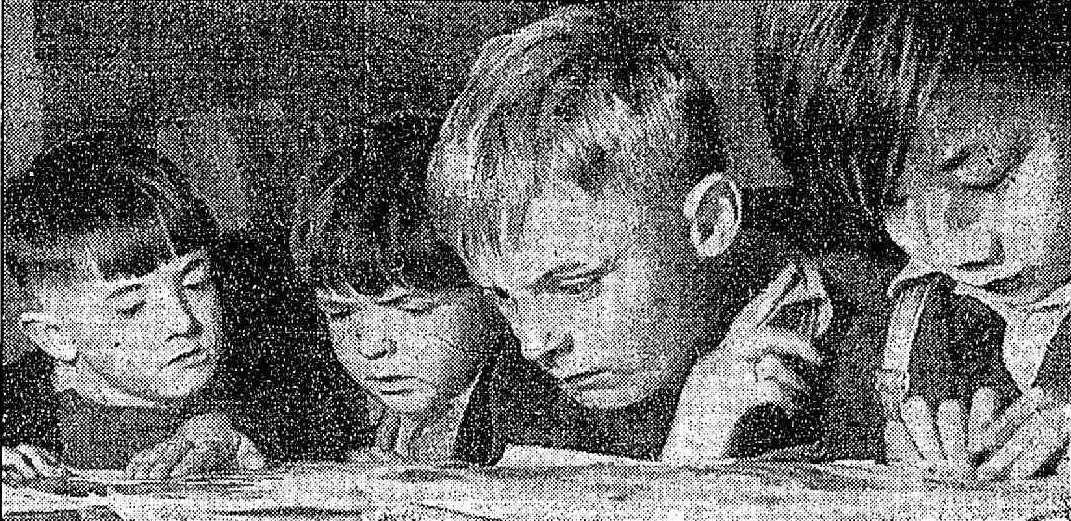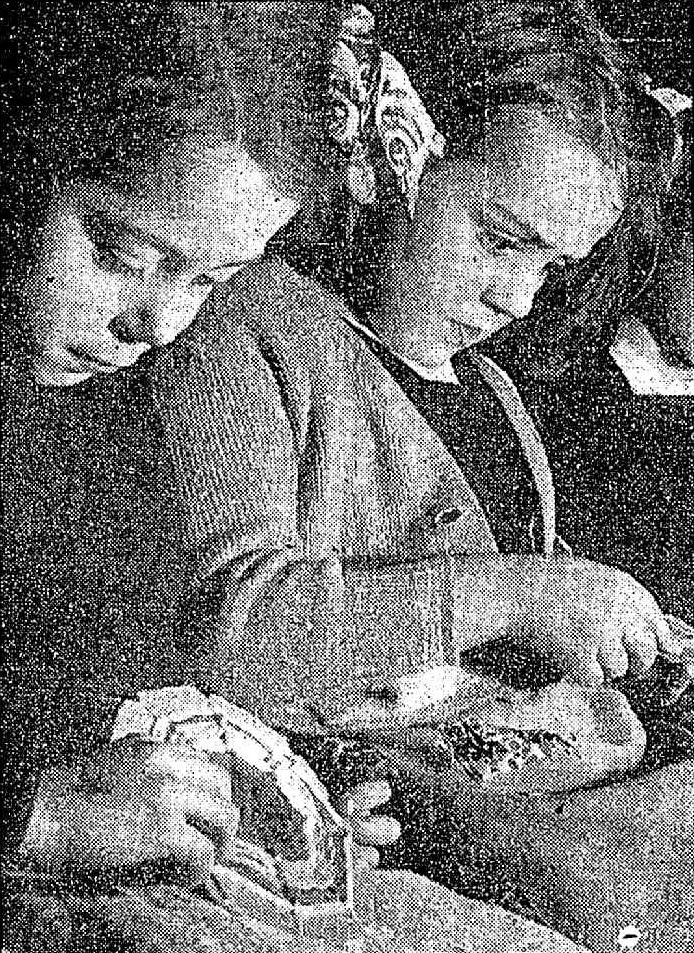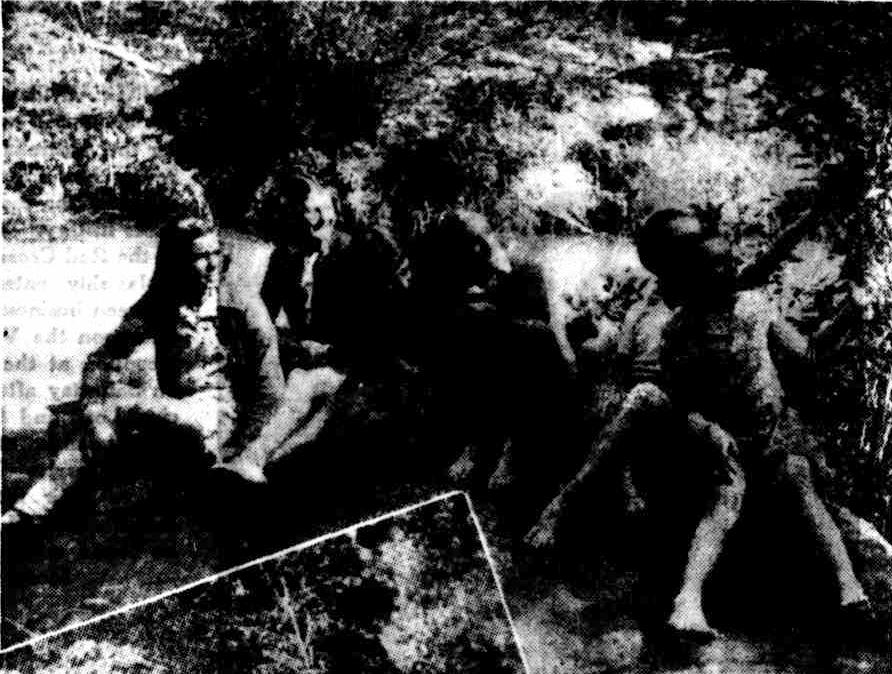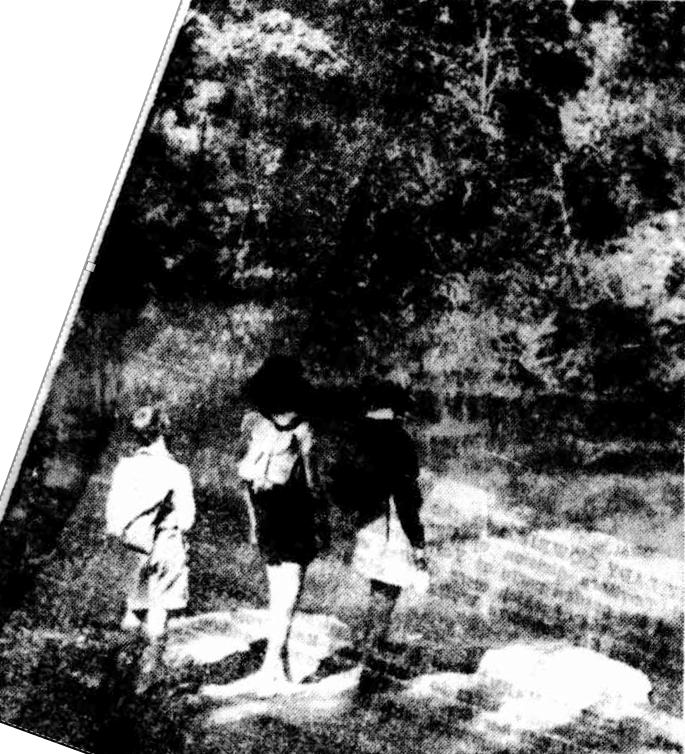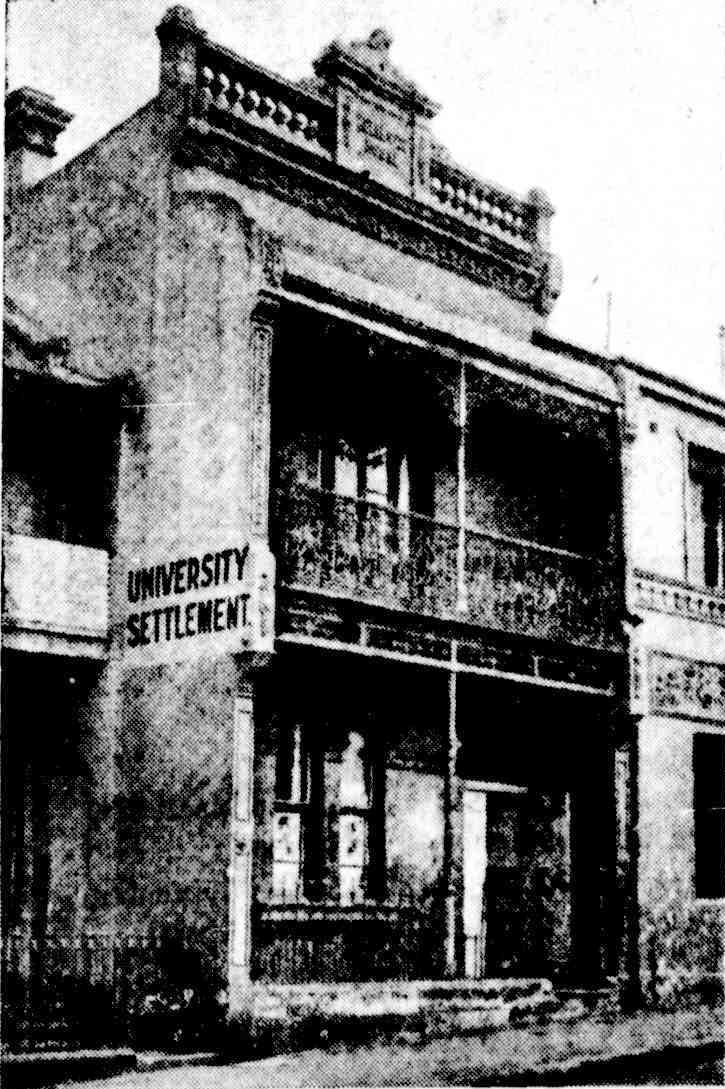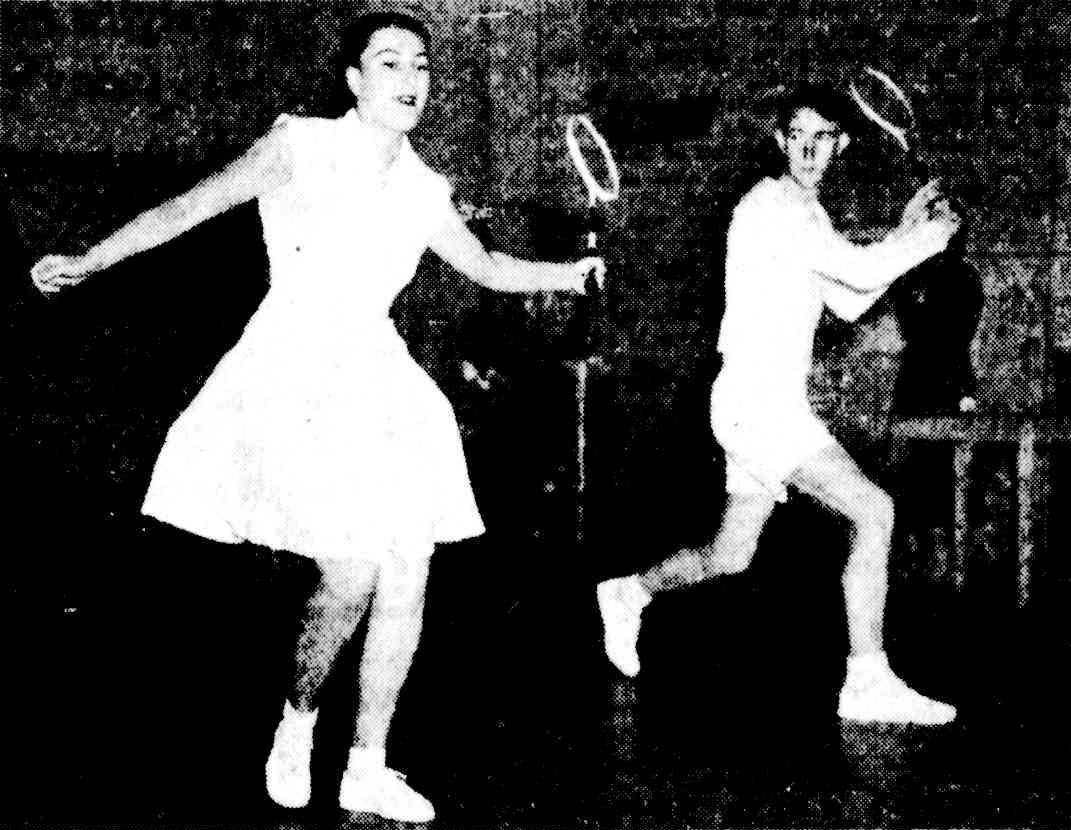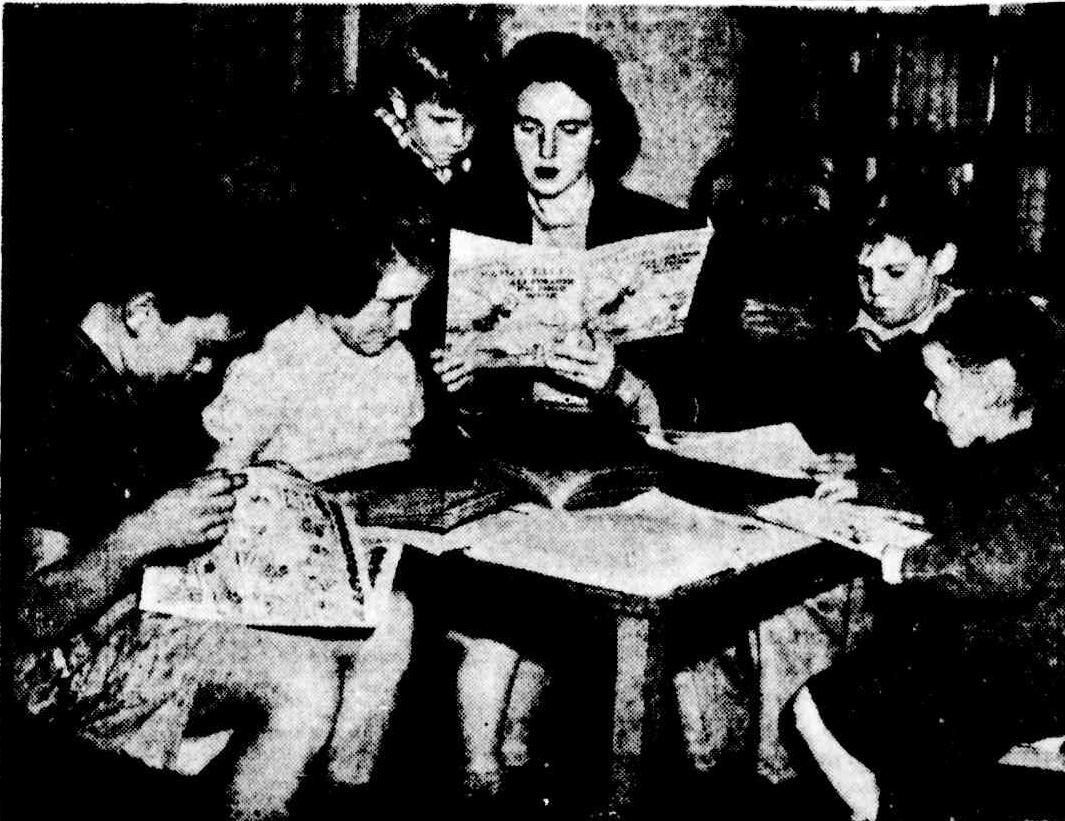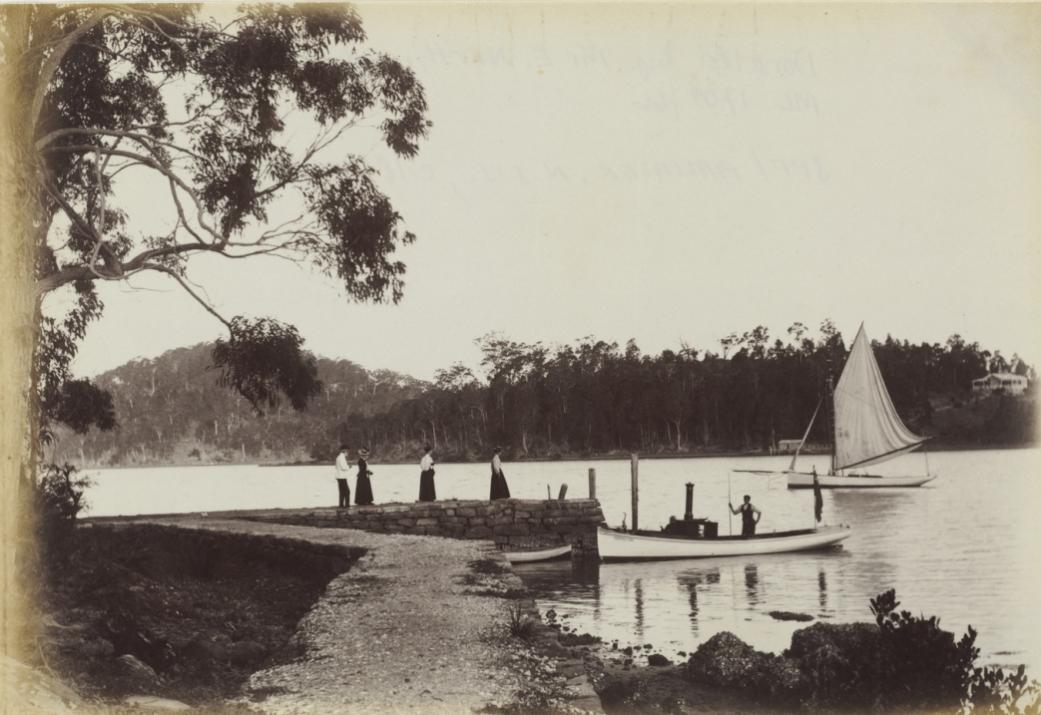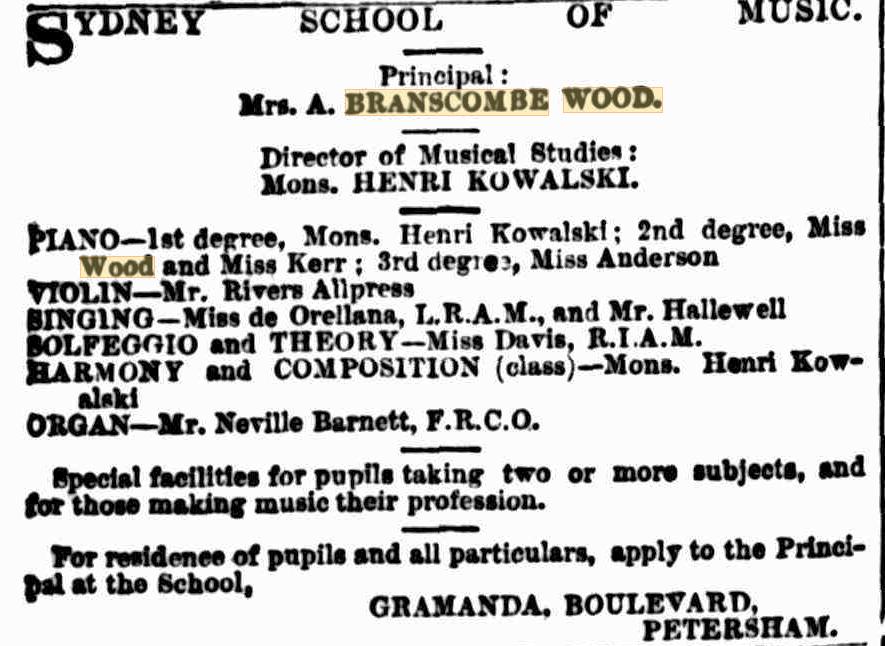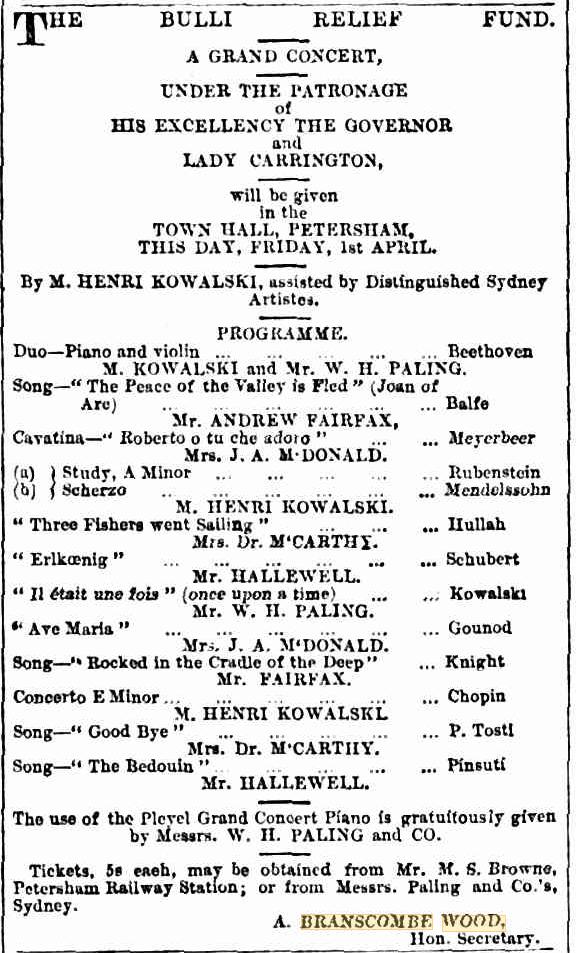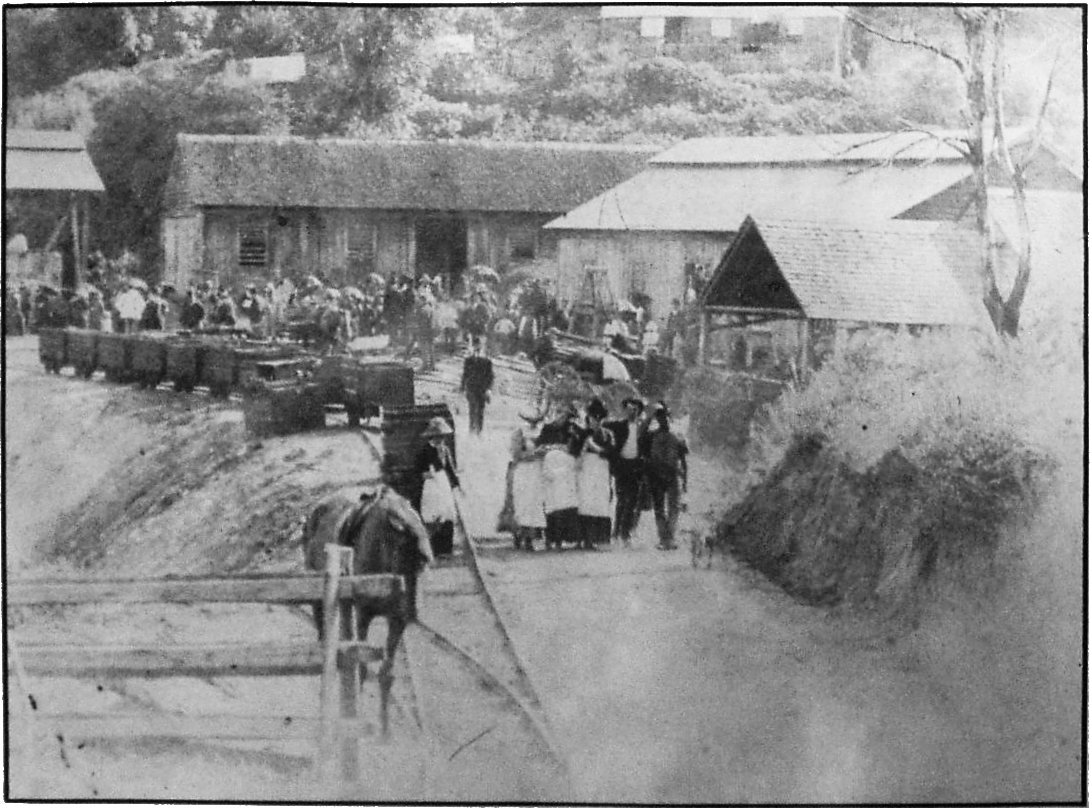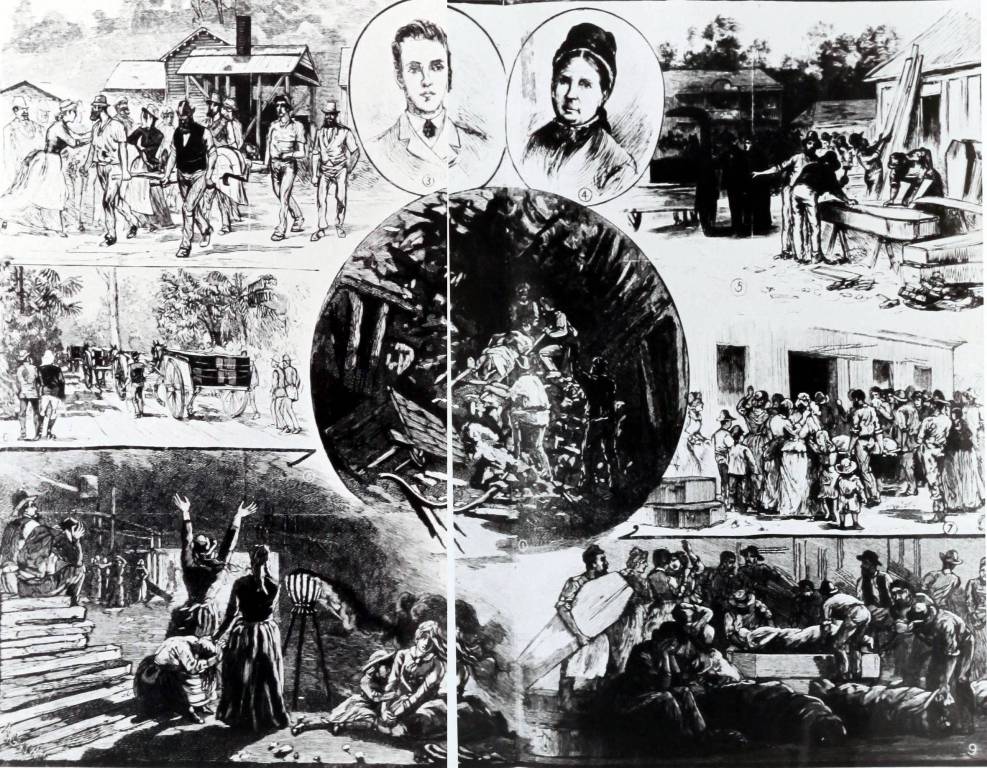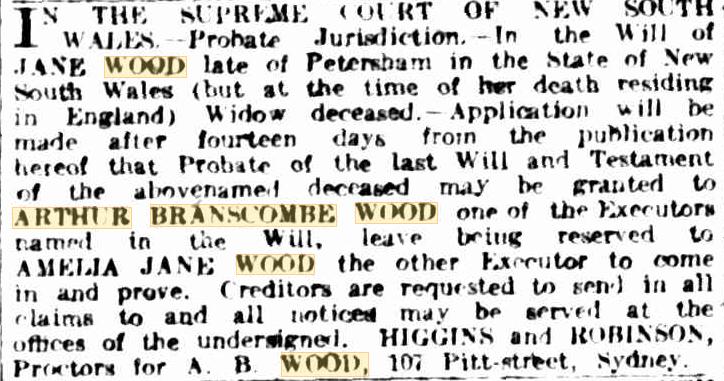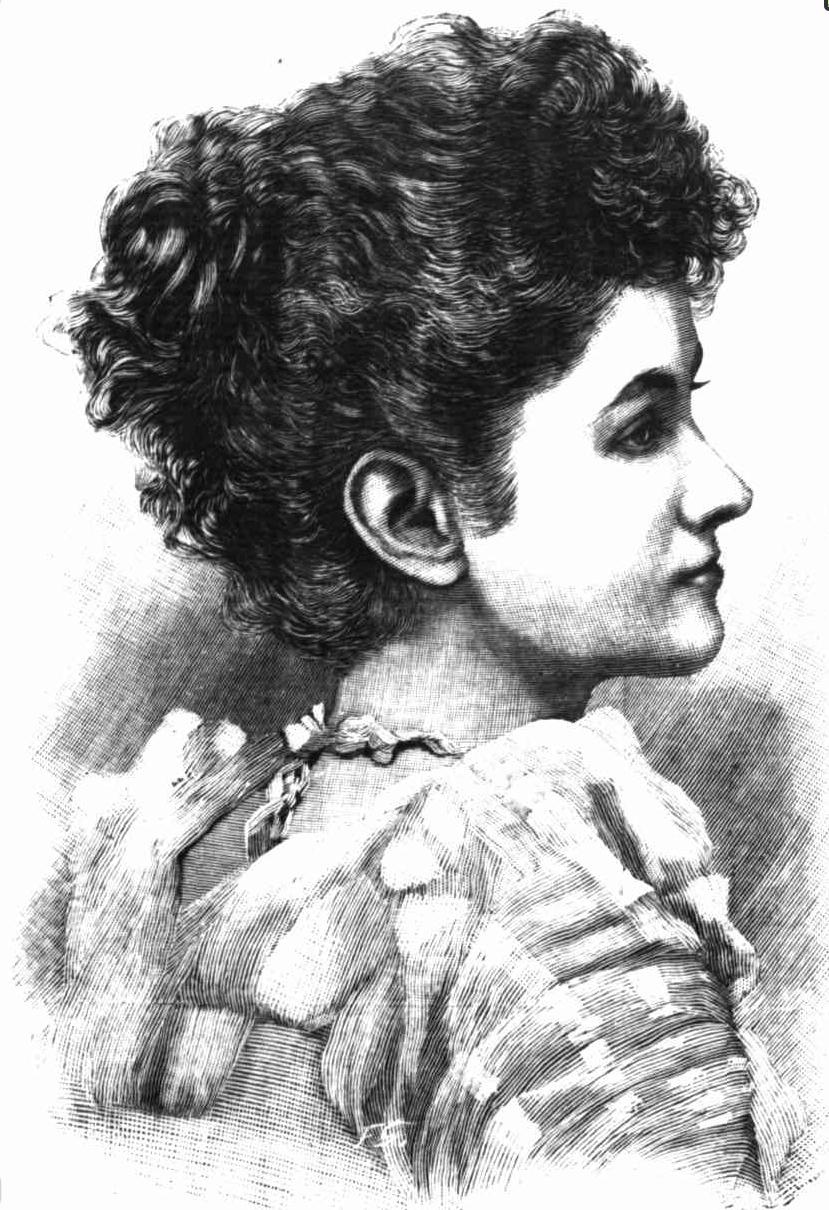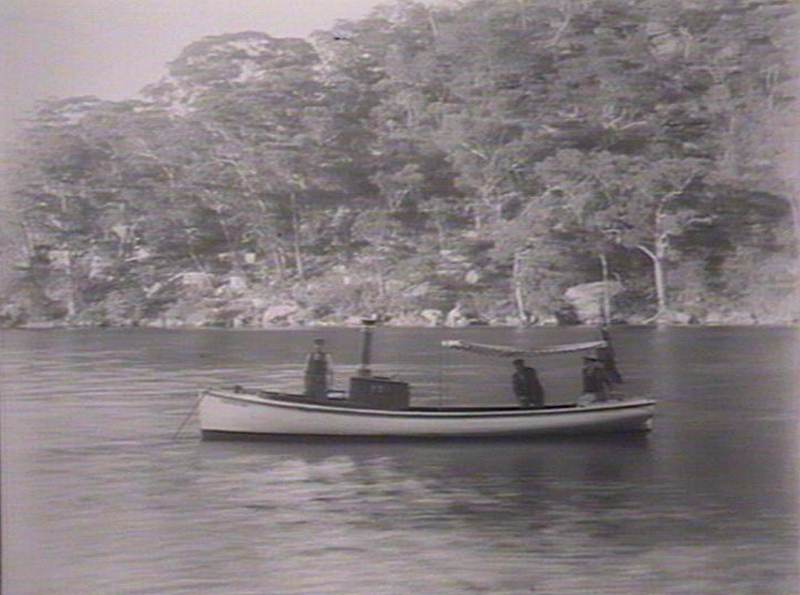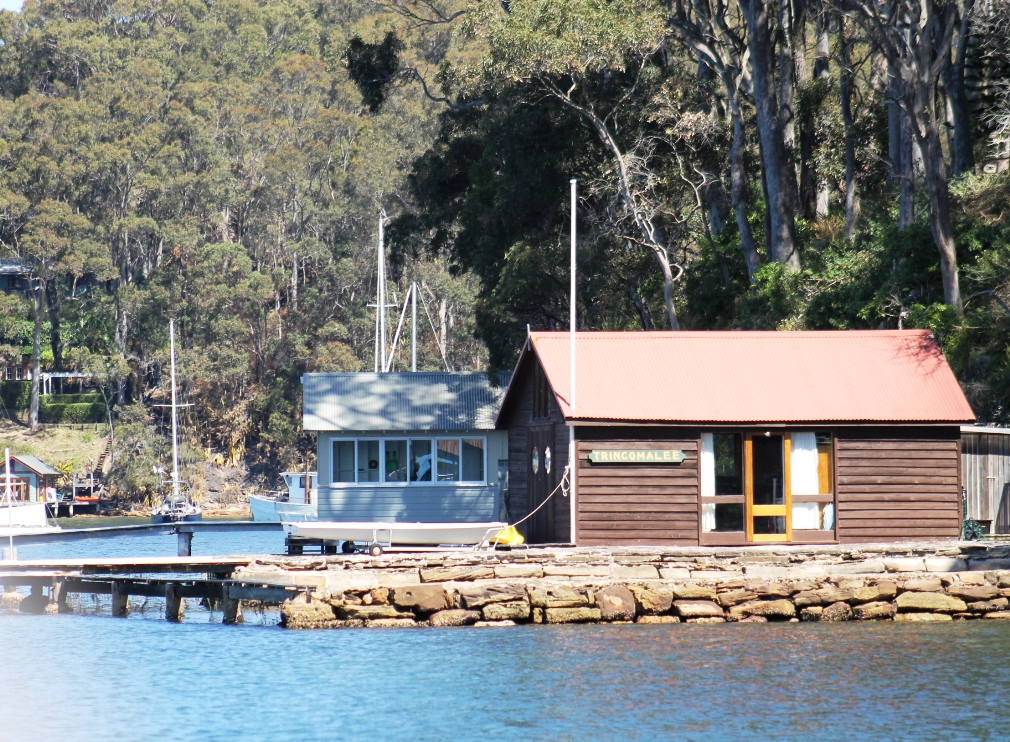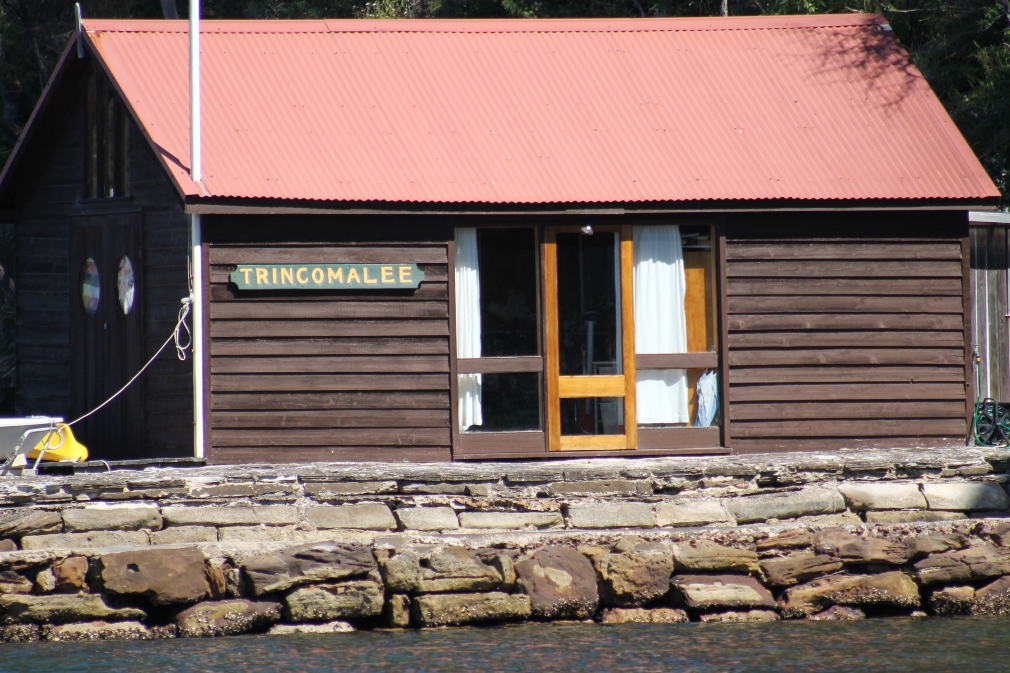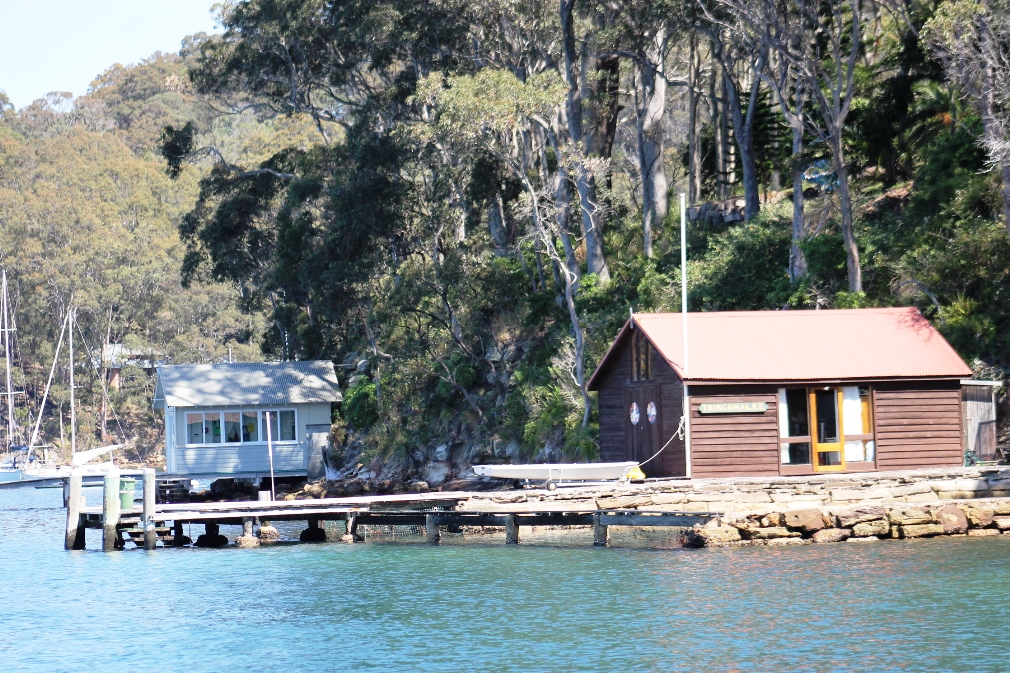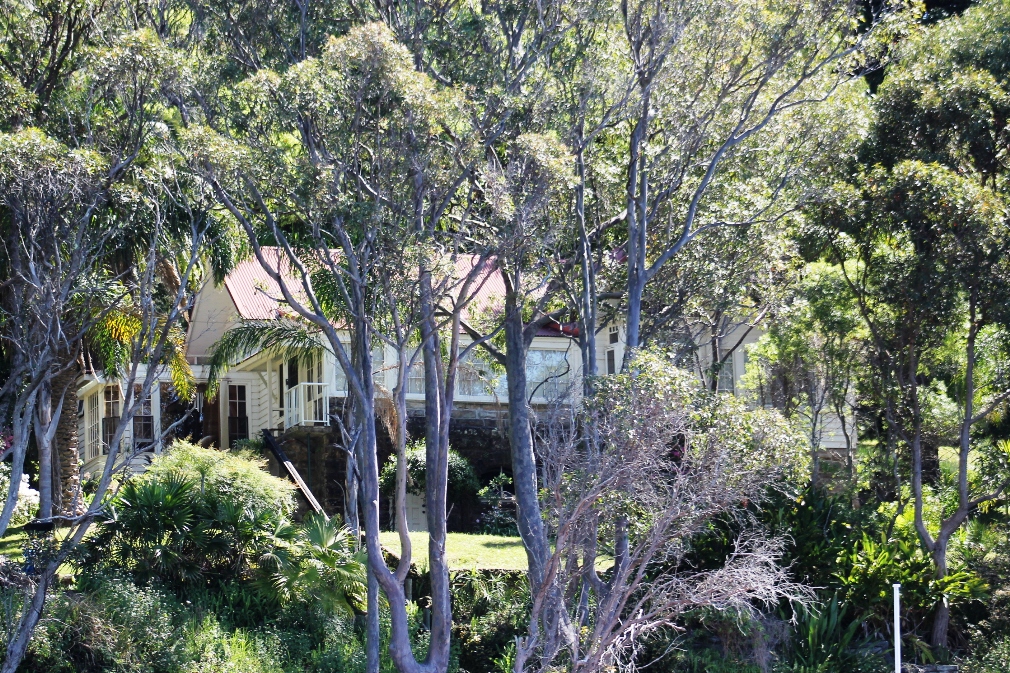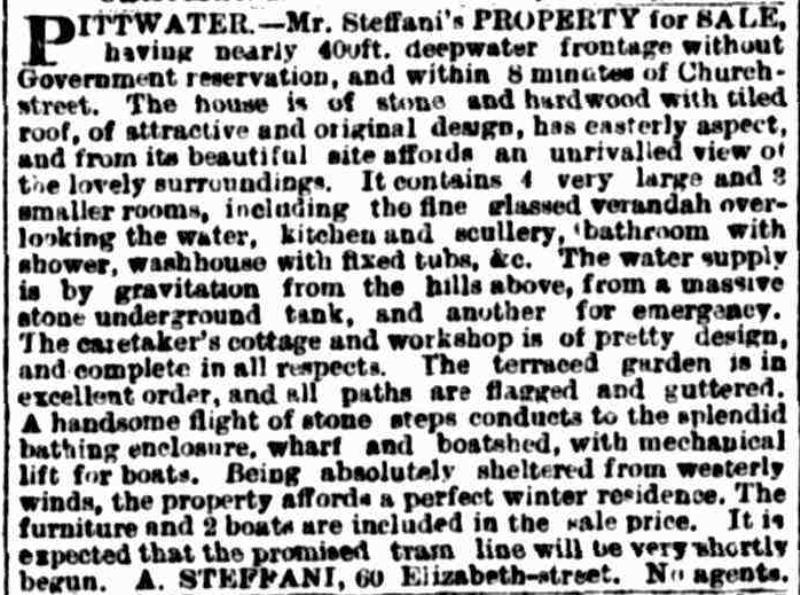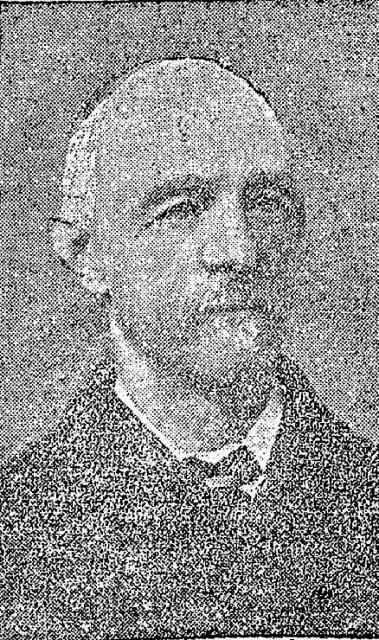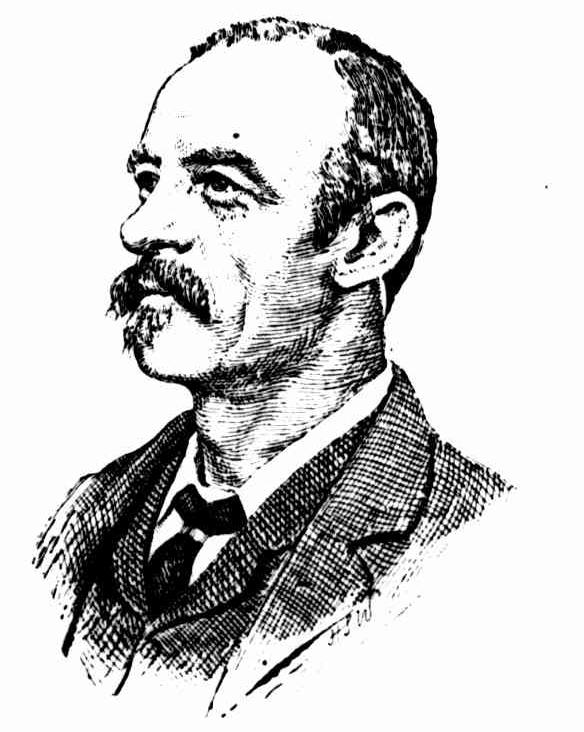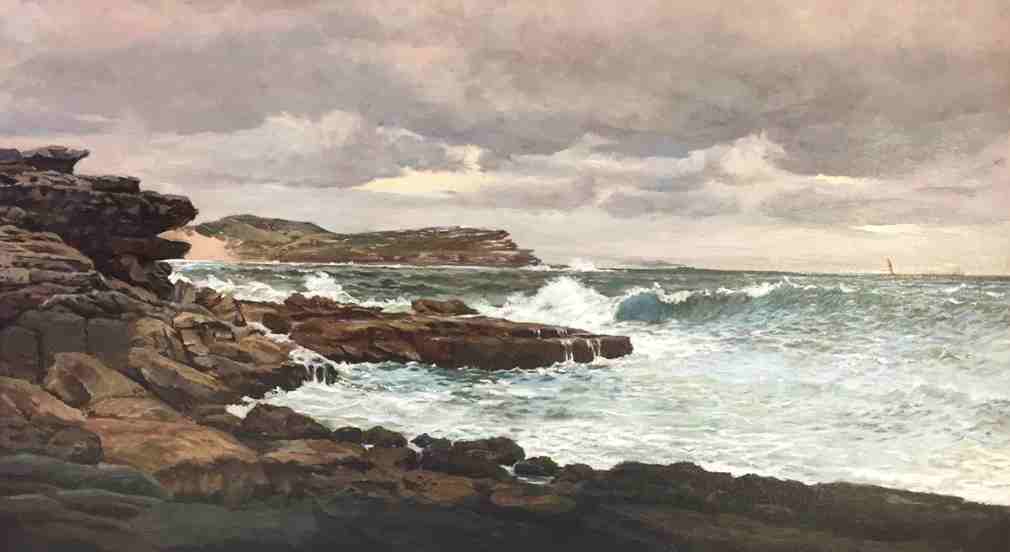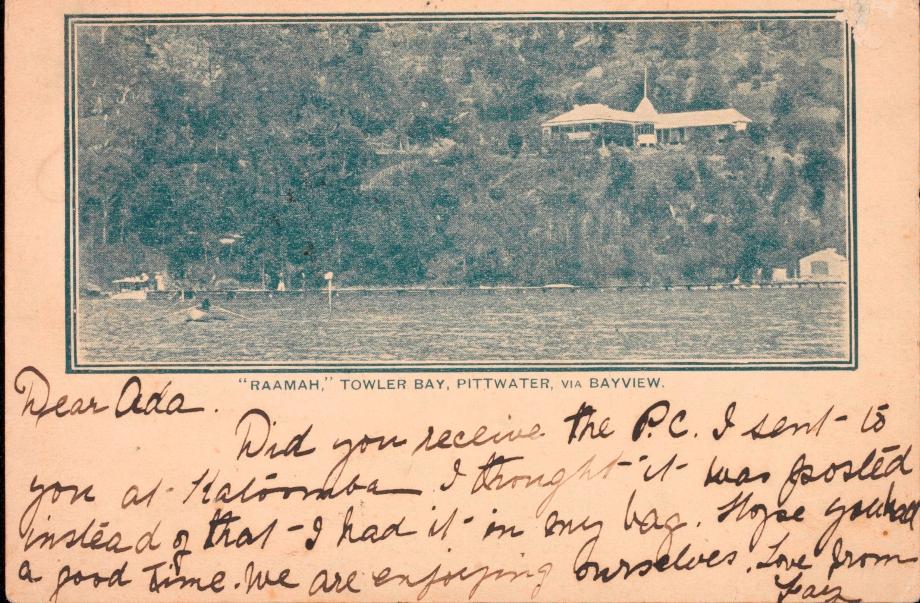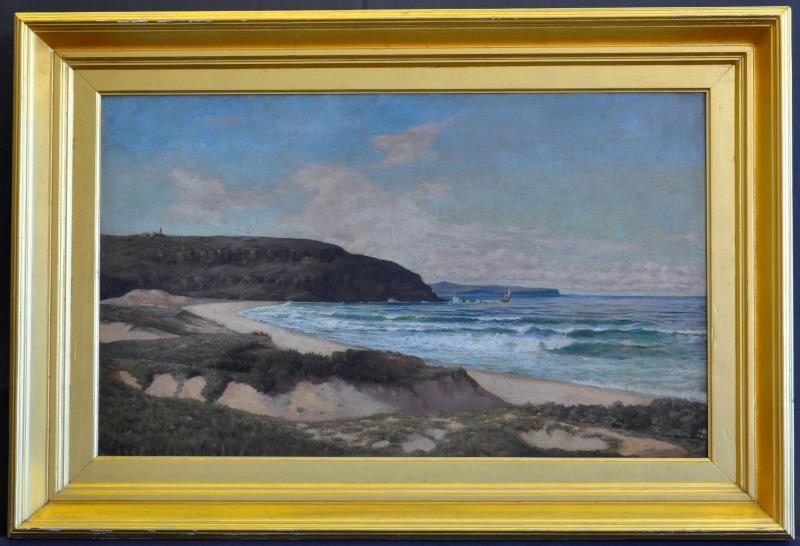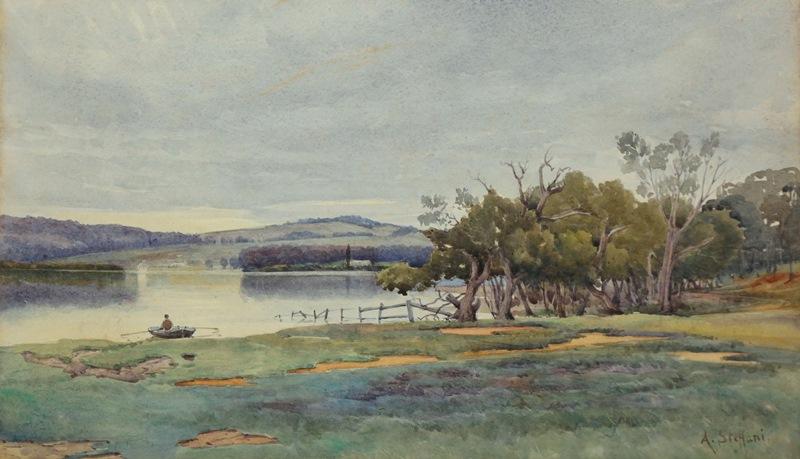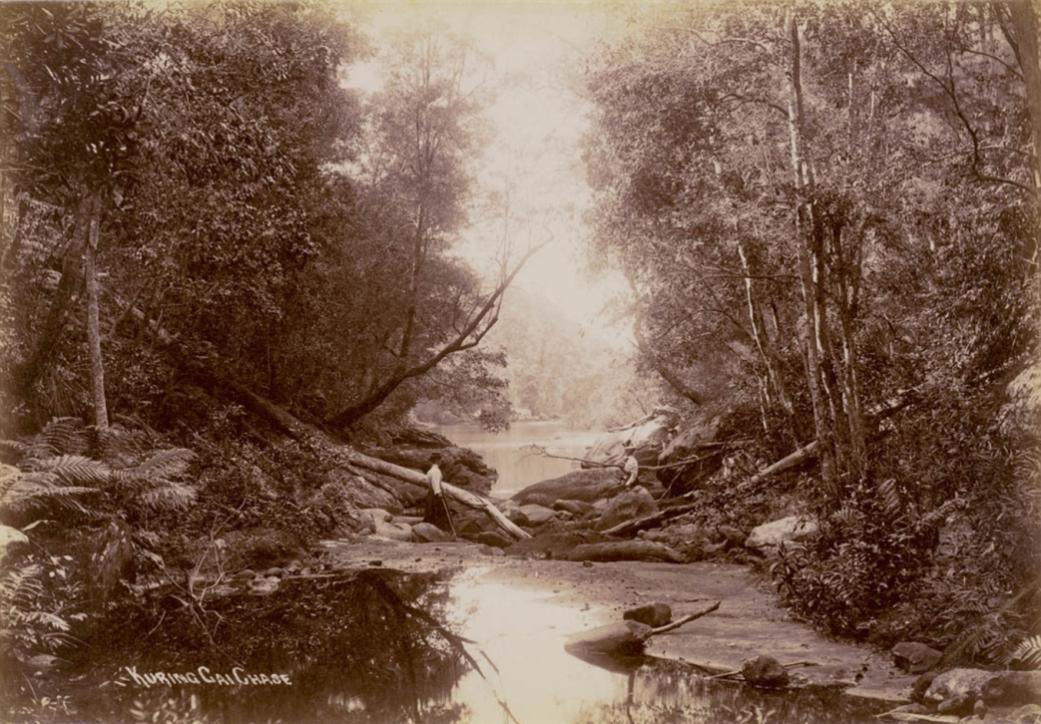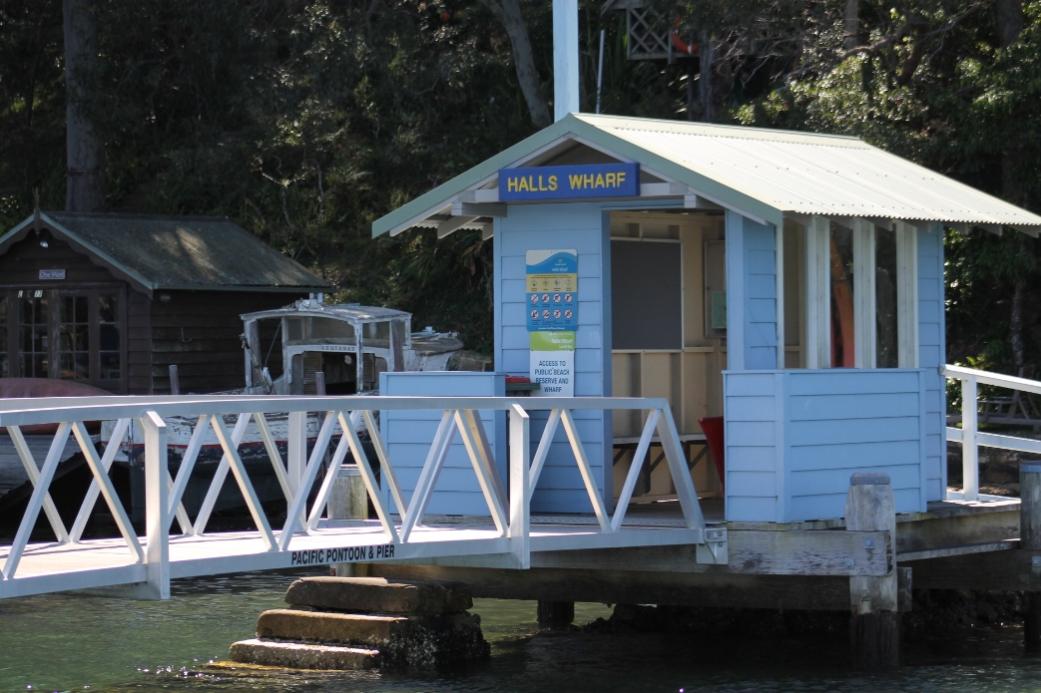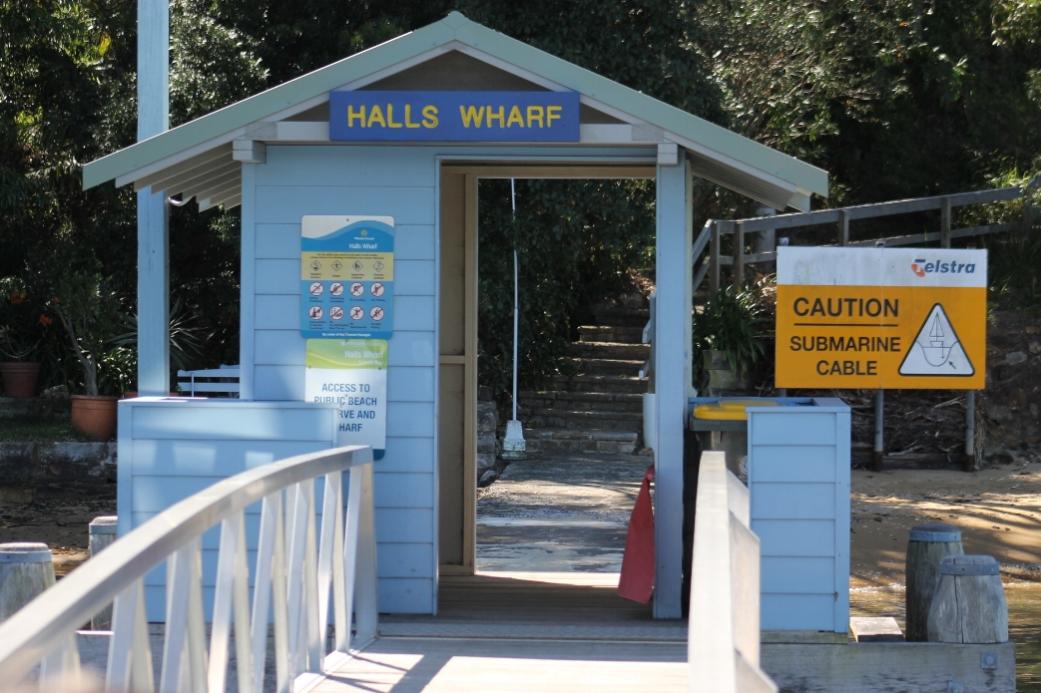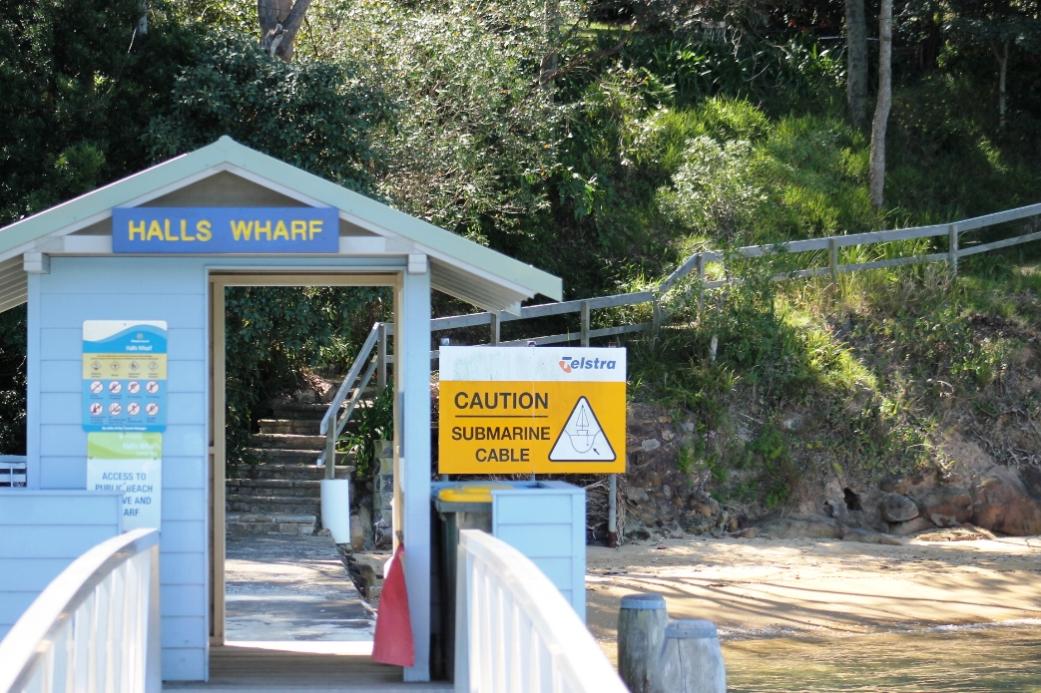Ebena Isles was born in 1906 on March 16 in Scotland, and migrated to Australia with her mother Margaret (nee Whitton) and two siblings on board the Irishman, arriving in Sydney on November 14, 1912. Her father Ebenezer arrived earlier that year in April.
Ebena Isles died in 2001, after a long life of active community and local government service.
Ebena attended Fort Street High School, where she completed the Leaving Certificate in 1923. From 1924 to 1934, Isles combined full and part-time study at Sydney University to complete a Bachelor of Arts in French, Philosophy and Latin. In 1927, she was appointed as a teacher with the NSW Department of Education and was first posted to Hurstville, going on to work in a number of urban and rural high schools until 1941.
Another Pittwater lady and fellow graduate of Sydney University at the same time, Marie Byles, is worth glancing at as one who had a similar passion for the bush and bushwalking - one at one end of Pittwater, the other towards the north end of our estuary.
BURSARY AWARDS
Tenable at High Schools METROPOLITAN WINNERS
The Bursary Endowment Board has awarded the following bursaries, ten able at Public High Schools and registered Secondary Schools, as the result of the qualifying certificate examination of November last. These bursaries carry an allowance of £10 for each of the first and second year courses, £15 for the third year course, and £20 for the fourth, in the ease of bursary holders residing at home. For bursars who are obliged to board away from homo the allowance is £30 for each of the first and second year courses and £40 for the two succeeding. In each case the award is subject to the fulfilment of regulation conditions regarding ago., income of parents, and nationality. The school at which the pupil was taught is shown in parentheses: —
TENABLE AT FORT-STREET GIRLS' HIGH SCHOOL.— Edith Ann Akhurst (Fort-street Girls' High School), Elsie Maude Brown (Newtown): Amy Catherine M. Chicken (Fort-street Girls' High School), Ebena Isles (Tempe), Florence Edith Maleey (Smith-street, Rozelle), Violet Hazel Mar tin (Fort-street Girls' High School), Lillian O'Keefe (Marrickville), Doreen Dalgleish Parry (Ashfield), May Smith (Fort-street Girls' High School), Mollie G. Thornhill (Tempe). BURSARY AWARDS (1919, February 20).The Sun (Sydney, NSW : 1910 - 1954), p. 7. Retrieved from http://nla.gov.au/nla.news-article222636665
BLUE AND GOLD
WOMEN UNDERGRADUATES
BALL AT UNIVERSITY
THE University colors were flaunted gaily in the Union Refectory last night, when the women undergraduates and members of the sports associations, held their annual dance. Blue and gold streamers and flowers made a bright setting for the dancers, and the supper tables were, decorated with flowers of similar hues. - On the committee were the Misses Mollie Thornhill, Amy Chicken, Ebena Isles, M. Peden, Wilga Moore, Lane, and Weil.
Among the guests of honor were Professor and Mrs. Peden, Professor and Mrs. Fawsitt, Professor and Mrs. Sutherland, the president of the Undergraduates' Association (Mr. Howard Saxby), the president of the Women Evening Students Association (Miss Phyllis Ryan), the vice-president of the Evening Students' Association (Mr. Moneypenny), and the president of the Sports Union (Mr. G. P. Stuckey). They were received by the president of the Women's Union (Miss Fidler), the president of the Women's Sports Association (Mrs. K. Street), and the president of the Women Undergraduates' Association (Miss Molly Thornhill). Beads of the more scintillating variety made their appearance on many frocks, and diamante strappings were noticeable. Miss Margaret Peden, who wore chocolate georgette and lace, entertained a large party. Her guests were Miss Gwen Slade, in green georgette and silver lame; Miss Barbara Peden, in green velvet; Miss Mollie Hassall, Miss Una Emanuel, Miss Rachaol Rupp, and Messrs. Mackay, Emanuel, , Kirkpatrick, Sheperdsort, Treatt, and D. Kirkpatrick. Miss Durrell wore pink chenille embossed georgette, Miss Booth was in blue and gold brocade; Miss Bessie Cole wore cyclamen georgette. Miss Mollie Thornhill was in jade georgette trimmed with diamante; Miss Elena Isles wore ciel blue romaine, beaded in crystal; Miss Hazel Brewster wore rose taffeta; Miss Williams was in white chenille, embossed georgette; Miss Dorothy Thornhill was 'In green and gold shot taffeta; Miss Marjorle Doherty was In peach georgette; Miss Belle Pontoy wore apricot morocain, beaded in silver; Miss Florence Kirk was wearing cyclamen georgette. Miss Muriel Nicholls was in blue georgette beaded n silver, and Miss Delia Pratt was in black chiffon velvet; Miss Wilga Moore, who wore gold georgette, trimmed with lace, entertained Miss Gwen Parker, In salmon georgette and velvet; Miss Myee Moore, in grey and flame chenille, embossed georgette; .Miss Alma Davis, Miss Dickenson, Miss Dorothy Brown, and Messrs. Ford, Reid, and Ilagley. Miss Ida Birchali wore flame chiffon velvet; Miss Isabel Gulson was in rose crepe de chine; Miss T. Gibson wore mauve taffeta; Miss Boazman chose cream georgette, trimmed with lace. Miss Joan Mackaness wore pervencho blue georgette'; Miss Maureen O'Halon was in ciel blue crepe de. chine, trimmed with diamante; Miss R. Green wore blue romaine and silver lace. TOPICS for WOMEN (
1926, August 5).
The Sun (Sydney, NSW : 1910 - 1954), p. 15 (FINAL EXTRA). Retrieved from
http://nla.gov.au/nla.news-article222721401
REUNION DINNER.
There was a splendid attendance of Fort-street High School old girls at the ninth annual reunion dinner, which took place at the Cocoa Tree Cafe last night. Everyone participated with great enthusiasm in the programme of community singing, which included the school song "Come Fortians, Fortians All." Garlands of red and white crepe paper, the school colours, toned with the floral decorations, and the place cards, which were carried out in the same colour scheme, were surmounted with the school crest. Past pupils of the school who gave an enjoyable programme of vocal items, were the Misses Eirene Lang, Elva Merriman, and Joyce Kolts. Dancing was indulged in later in the, evening.
At the official table were Miss Partridge (patroness), Miss Maisie Golding (president, Old Girls' Union), Dr. Marie Bentivoglio, Misses Teare, Bourke, Eirene Lang, and Mollie Thornhill.
Members of the committee included Misses Glynn Stayte, Jessie Anderson, Marjorie Doherty, Vera Waterstone, Kathleen McEIroy, and Doris Lippett. Also present were the Misses Doris Paterson, Ailsa Tulloch, Wilga Moore, Veronica Pike, Annie McCandless, Essie Cohen, Bessie Bannan, Noreen and Minnie Garden, Agnes Brewster, Jean Turnor, Mary Gallagher, Elsie Langton, Mary Cathels, D. Helmrlch, E. Chaplin, D'Arcy, Crawford, P. Wordsworth, J. Harvey, Nell Jacobs, Myra Flay, Annie Voss, Ebena Isles, Lulu Richards, Isabel Roberts, Hilda Bourne, Lexie Ingram, Lily Brand, Jean Jacobs, Connie Farrand, Dorothy Judd, Doris Pepper, Heather Stark, Nancy Kerr, and Belle Pontey. REUNION DINNER. (1928, May 10). The Sydney Morning Herald (NSW : 1842 - 1954), p. 5. Retrieved from http://nla.gov.au/nla.news-article16463372
At this time, Ebena was approached to take on the position of Warden of the Sydney University Settlement, following two unsuccessful advertising campaigns for a successor when previous Warden Thora Hawkes unexpectedly resigned. Ebena was considered an ideal candidate because of her experience with Girl Guides, Physical Education and Drama as well as having a connection to Sydney University and its ethos.
On of the official guests at the University Settlement Ball on Friday night will be the newly-appointed warden, Miss Ebena Isles, who will come from Lithgow. Miss Isles, who is a high school teacher, will finish the school term before taking up her new appointment in Sydney on May 19. The former warden, Miss Thora Hatches, is now in the A.I-F camp at Bathurst. SUE SEES SYDNEY (1941, April 30). The Sun (Sydney, NSW : 1910 - 1954), p. 9 (LAST RACE ALL DETAILS). Retrieved from http://nla.gov.au/nla.news-article231208754
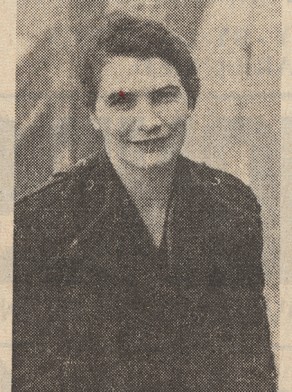 NEW WARDEN.
NEW WARDEN.MISS EBEN A ISLES, newly-appointed warden of the University Settlement, who will commence her duties at the settlement on May 19. Miss Isles succeeds Miss Thora Hawkes, who has joined the Australian Army Nursing Service and is in camp at Bathurst. NEW WARDEN. (
1941, May 5).
The Sydney Morning Herald(NSW : 1842 - 1954), p. 4. Retrieved from
http://nla.gov.au/nla.news-article17746375
SETTLEMENT WARDEN.
MISS EBENA ISLES, with some of her small charges, at the Sydney University Settlement, where she started her duties as warden yesterday. SETTLEMENT WARDEN. (
1941, May 20).The Sydney Morning Herald (NSW : 1842 - 1954), p. 4. Retrieved from
http://nla.gov.au/nla.news-article17765615 (photo too dark to add in)
For Settlement Ball.
THE newly-appointed warden of the University Settlement, Miss Ebena Isles, who is a graduate of Sydney University, will be a member of the official party at the Settlement Ball at tile University on May 2. The presentation of the 28 debutantes to the Chancellor, Sir Percival Halse Rogers, and Lady Halse Rogers will take place in the Great Hall, and the dance will tie held in the refectory. From Day to Day in Sydney. (1941, April 23). The Sydney Morning Herald (NSW : 1842 - 1954), p. 22. Retrieved from http://nla.gov.au/nla.news-article17725164
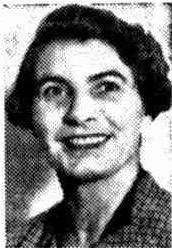 NEW WARDEN FOR SETTLEMENT
NEW WARDEN FOR SETTLEMENTTHE newly-appointed warden of the University Settlement, MISS EBENA ISLES, commenced duties at the Settlement House, Edward-street, Chippendale, this week. She is an old Fort-street High School girl and a graduate of Arts of Sydney University, and is taking the place of Miss Thora Hawkes, now in camp as a nurse with the A.I.F. In her University days, Miss Isles became a keen guider and received her training as a member of a Girl Guide officers' class, known as the University Cadets. She was at one time in charge of the Leichhardt Girl Guides. Under her care in her new post will be two Guide companies and a Brownie pack. She also will supervise the work and recreation of the Settlement's 19 different clubs and is busy this week becoming acquainted with club members. Several clubs are run for children of all ages whose homes are in the crowded industrial area, which forms the Settlement, and who use the Settlement house as a recreation hall. There also are a number of mothers' clubs which meet for numerous interests, among them being handicraft. Settlement clubs' sewing and handicrafts always makes an impressive feature at the annual display held at the University. The new warden is an expert hockey player and played for the University and was also secretary of the Women's Sports Association.
As Case Worker at the Settlement, Isles worked in the local community with those experiencing difficulties with housing, children’s behaviours and issues relating to cases of material need. She was instrumental in a number of initiatives to improve conditions for children and families of the Redfern municipality, and oversaw a steadily increasing range of leisure groups for children that included knitting, painting and pottery, along with Brownies, Girl Guides, Scouts and Cubs. Isles believed strongly that supervised activities were important to counter delinquency and foster community spirit.
In 1943, Isles worked with other members of the Settlement to establish a canteen at Darlington Primary School, first arranging for Sydney University Undergraduate students to conduct research to gauge if children’s school lunches were nutritionally adequate. The canteen provided some 250-270 lunches per day for many years. Ebena arranged for the Board of Education to supply milk, and also worked with Darlington Council for funds and facilities.
During the 1930s and 1940s, Isles volunteered at the Family Welfare Bureau in Sydney’s Town Hall, providing support to needy families. She completed a Diploma of Social Studies over a number of years, graduating in 1947, and it is likely that her work with the Family Welfare Bureau was carried out in the context of a work placement for this course.
In World War II, Ebena Isles served as Deputy Civilian Aid Officer for the Red Cross, providing relief for civilians in the event of air raids.
In 1944, Ebena Isles was one of ten women elected to local government in NSW, standing as an Independent candidate for the Golden Grove Ward.
TEN WOMEN ELECTED
Local Councils
A notable success in the local government elections held at the week-end was that of Miss Ebena Isles, who is in charge of the University Settlement at Chippendale, and who has been elected an alderman for the Golden Grove ward of the Redfern Council.
Miss Isles, who stood as an independent, said last night that she was looking forward to her service on the council. She has been working in close contact with community services in Redfern for a number of years, and her work with the University Settlement is widely known.
Mrs. M. E. Laver, one of the official Labour candidates in Balmain was returned, and Mrs. Lilian Fowler, of Newtown, retained her seat, Mrs. Fowler served a term as mayor of Newtown.
Three who retained their seats were Mrs. G. Melville, of Cabramatta-Canley Vale Council, Mrs. May Pitt, of Glebe, and Mrs. E. M. K. Wilson, who has served three terms with Armidale. She is a medical practitioner.
Newcomers to country municipal and shire councils include Mrs. K. O'connell, who is the first woman to serve with the Kiama Council.
Mrs. Maud Chambers, a prominent Labour supporter, of Wagga, becomes its first woman representative on the municipal council, an honour shared for the Blue Mountains Shire Council by Mrs. Edith Jones, and by Mrs. I Minnie Ingham, for Nyngan. TEN WOMEN ELECTED (1944, December 4). The Sydney Morning Herald (NSW : 1842 - 1954), p. 7. Retrieved from http://nla.gov.au/nla.news-article17930203
Ebena was active several committees including Cleansing Park and Playgrounds, Works, Kindergarten and Baby Health Centre. Her achievements as Settlement Warden and as an alderman on Redfern Council frequently overlapped, for example when Isles moved in Council meetings that a cricket kit be stored at the Redfern Oval for children to play after hours.
In 1946, Isles was one of several aldermen who ‘engineered’ a failed mayor election by not attending Council meetings at which election of a new mayor was scheduled. A deadlock had occurred through the lack of a quorum for each meeting, reportedly caused by ‘political decisions’. The Labor Minister for Local Government, Joseph Cahill, was forced to appoint the Redfern Mayor for 1946.
EXPANSION PLANNED FOR UNIVERSITY
SETTLEMENT WORK
The Sydney University Settlement hoped eventually to acquire adjacent properties on which to .open two new settlement clubs, a children's outdoor playground, and to increase residential accommodation for students, said the president. Professor F. A. Bland, at the annual meeting held at the settlement house, Chippendale, yesterday.
The report of the executive committee, presented by the warden of the settlement and acting honorary secretary. Miss E. Isles, stated that undergraduate help during 1946 was not always adequate, but those students who did help came regularly and had a valuable contribution to make.
The playgrounds committee re-ported a successful year with attendance figures increasing on all play-grounds. The Municipal Council of Sydney had again expressed its confidence in the settlement's management of Camperdown, King George, and Coronation playgrounds by renewing the agreement for a further period of two years. The settlement had received £1,000, representing two annual grants of £500, from the N.S.W. Government. EXPANSION PLANNED FOR UNIVERSITY SETTLEMENT WORK (
1947, May 20).
The Sydney Morning Herald (NSW : 1842 - 1954), p. 9. Retrieved from
http://nla.gov.au/nla.news-article18026922
In 1948, Ebena requested a six-month leave of absence, in order to tour the United Kingdom and visit Settlement Houses there. On her return, she served briefly as Deputy Mayor, before resigning from office.
CUTTING BIRTHDAY CAKE
LADY GOWRIE, centre, cutting the birthday cake at the Sydney University Settlements Jubilee party, held yesterday at the Union Refectory. With her are the president, MISS ISABEL FIDLER, left, and the secretary, MRS. H. F. BENNING.
TO CELEBRATE JUBILEE
Party for University Settlement
The Jubilee of the Sydney University Settlement, which, was founded in 1891 by Lady Jersey, wife of the then Governor of New South Wales, was celebrated yesterday by a late afternoon reception held at the Union Refectory.
Lady Gowrie, wife of the Governor-General. Lord Gowrie, cut the two tiered birthday cake, which was adorned with miniature replicas of the University crest.
The new Chancellor of the University, Lieutenant-Colonel Sir Charles Blackburn, came to the party, following a meeting of the Senate at which he was elected. The majority of the members of the Senate accompanied him.
Lady Gowrie, who was attended by Miss Ivie Price, was received by the president, Miss Isabel Fidler, the vice-president, Mrs. Harold Dew, the secretary, Mrs. H. P. Benning, the treasurer, Miss M. O. Davis, and the settlement warden, Miss Ebena Isles.
Miss Fidler was the vice-president of the settlement for 32 years, and has been president for the past nine years.
Among the original members of the settlement committee who attended the party were Lady Maccallum, Dr. Mary Booth, Miss E. M. Sutherland, and Miss M. Elliott.
An interesting guest was Mrs. Norman Bowden, who before her recent marriage was Miss Aleatha Hood, the American historian. Mrs. Bowden came to Australia some months ago to collect material for the Australian supplement in the World History book taught in American schools. She finished her research about six weeks ago, and has sent the material to America. Mrs. Bowden is a graduate in history of the University of Michigan.
Also present was Mrs. Gregory McGirr, who recently returned from a. visit to Adelaide. She was one of the early members of the settlement, and is now one of the councillors.
More than 300 guests, including the Lord Mayor and Lady Mayoress, Alderman and Mrs. Stanley S. Crick, attended the party, and proceeds will go to the settlement funds. Women's News.—CUTTING BIRTHDAY CAKE TO CELEBRATE JUBILEE (1941, December 2). The Sydney Morning Herald(NSW : 1842 - 1954), p. 5. Retrieved from http://nla.gov.au/nla.news-article17776893
University Settlement Aid Centre
ONE of the 10 Civilian Aid Centres organised for the Redfern District in the event of an emergency will be the University Settlement at Edward-st., Chippendale. The settlement's warden, Miss Ebena Isles, who is a deputy Civilian Aid Officer for Redfern. is co-operating with the local council to house and feed possible bomb victims should there be an air attack. Accommodation for 100 will be arranged. An Information bureau will also be established as part of the CAS work. Plans .for the equipment of the settlement building, which is in an extremely crowded area, will be discussed at the annual meeting which will take place at 2.43 pm tomorrow, with Miss Isabel Fidler in the chair. Work commenced on this war service in March. A camouflage netting centre is run by the mother's club and has shown a large output in the past few months. Older girls and boys also work at net-making. At tomorrow's meeting a display of handicrafts will be included with the camouflage netting and war knitting which will be shown. University Settlement Aid Centre (
1942, May 5).
The Sun (Sydney, NSW : 1910 - 1954), p. 8 (LATE FINAL EXTRA). Retrieved from
http://nla.gov.au/nla.news-article231780113
Women's News
OSLO-TYPE MEAL AT SCHOOL CANTEEN
Experiment at Darlington
The Minister for Education, Mr. Evatt, will open the Darlington School canteen next Tuesday at 12.15 p.m.
The canteen, which is sponsored by a special committee of the Sydney University Settlement, has been in operation for three weeks, during which an Oslo-type meal has been served daily to between 200 and 300 children.
The warden of the Settlement, Miss Ebena Isles, said yesterday that for 6d children received four slices of whole-meal bread and butter: the filling for one sandwich each day is cheese, and variety for the others includes egg. banana, peanut butter, apple and celery, grated carrot, and so forth. Each child also receives 1 pint of milk, in addition to the 1 pint served at recess time, and one piece of fruit. Women's NewsOSLO-TYPE MEAL AT SCHOOL CANTEEN (
1943, July 28). The Sydney Morning Herald (NSW : 1842 - 1954), p. 5. Retrieved from
http://nla.gov.au/nla.news-article17857980
Miss Ebena Isles, BA, of Bexley, who is a warden at the University settlement at Chippendale, Sydney, is holidaying in Narandera as the guest of her brother in-law and sister, Flight-Sgt. And Mrs. J. Metcalfe. F/S Metcalfe is one of the pioneers of No. 8 EFTS. DISTRICT NEWS (
1943, September 11).
Daily Advertiser (Wagga Wagga, NSW : 1911 - 1954), p. 2. Retrieved from
http://nla.gov.au/nla.news-article143997144
Mothers of Chippendale reveal community spirit
AN example in community spirit has been given by the mothers of Chippendale in contributing to the equipment of the new holiday home at Thirroul.
Living in an area where an ice-chest is a luxury they have raised enough money to instal a refrigerator in the home. Their present objective is an electric range. Although they live in the metropolitan area, a day at the seaside for Chippendale children is a red letter event and holidays are things to be dreamed about. It is for these children and their mothers that the University Settlement is establishing the Isabel Fidler Holiday Home at Thirroul. The home will accommodate 20 children and plans are being made to move the first group in at Christmas time.
HOME A TRIBUTE
The home and grounds were donated by the late Mr. S. John Fell. Its name is a tribute to Miss Fidler's years of work for the settlement. After school hours, the rubbish-littered streets of Chippendale become playgrounds for children whose homes have inadequate living space and unsuitable backyards. But, more and more, ,the children are learning to look upon Settlement House, in Edward-street, as their after-school club. Here, under the leadership of the supervisor, Miss Ebena Isles, many Sydney University students give up precious hours away from study to entertain and instruct the children. There is keen competition for attendance records and, accusing fingers are pointed at the boys and girls who play in the streets, instead of going to the settlement. They are taught handicrafts, encouraged to read, sing and dance. A ballet school has been established for the girls and they are receiving professional instruction.
PROBLEMS SOLVED
Activities are carried on in a large airy hall, which from the outside, is similar in appearance to the hundreds of terraced houses in the district. Miss Isles, who is resident at the Settlement, is one of the best loved people in the district.
The mothers bring their problems (and they have plenty) to her, because they know they will never be turned away. There is a large club for mothers, the activities of which include educational talks, play-reading, needlework and social gatherings. . One of the outstanding features of the settlement is felt, not seen. A feeling of unselfishness and the will to work for better conditions is ever present. Children do not fight amongst themselves at the settlement.
They share the toys and books.
Instead of playing in the streets, these boys settle down to reading in the University Settlements comfortable library. From left to right they are: Jimmy Davis, Brian Quinn, Ray Cleary, Bobby Quong.
These small girls take a serious, artistic pride in their weaving of mats and bags, at the University Settlement.
Records state Ebena also brought children to Pittwater - this was part of an overall movement to get the next generation back in touch with Nature and the good things that come from a lungful of fresh air and exercise - something studies released in recent weeks have echoed - that just one hour of exercise a week will ward off Depression in those susceptible to or suffering from this disease. [6.]
"BUNYIPS" IN THE BUSH
Hikes for Children from the City
""IN HERE are many children in Sydney's industrial areas who are growing up with no knowledge and therefore with no appreciation of the bush. The bush is a mystery to them. They see nothing of it from one year's end to the other- and yet, to those to whom it has been introduced by the Bunyips, it is a source of unlimited pleasure.
The Bunyips was founded about l8 months ago by Miss Nora Ankerson with the assistance of members of the Bush Walkers' Club. With the exception of herself (she acts still as a supervisor) and Miss Marie Byles, who is the patron, the office-bearers of the Bunyips are all fourteen year-old girls. The president is B. McKinnon, the secretary Winifred Newling, and the treasurer D. Blackmore.
Miss Ankerson, who is a schoolteacher, realised how starved city children are for the bush when she took her own form girls to the bush for lessons or for picnics. She realised then that there is any amount of enthusiasm for the bush lying dormant in city children, who only need someone to take them.
Young Children Good "Hikers"
SO she organised the Bunyips, whose ages range from eleven to sixteen. Smaller children can belong if they are accompanied by an adult, though very often the small ones walk as well, if not better, than their elders. On one of the bush walks of the Bunyips a small girl of six led all the way-and the way was something like 14 miles.
To spread the enjoyment of bush-walking to children from industrial areas, six children are invited to each walk of the Bunyips. At one of the most recent walks the visitors were three boys from the Free Library in Surry Hills. They were so enchanted with their day's outing ' that they are now saving up the necessary shilling to become members in their own right.
Visitors are asked to contribute threepence each and their own lunch to their day's outing, as the members of the Bush Walkers, who cast a friendly eye over the Bunyips' activities, consider that they appreciate their day more if they con-tribute something themselves towards its success. The average cost of taking a party of six out for the day is 7/6.
Great "Mixers"
THE Bunyip walks are great "mixers." At the beginning the boys and girls each keep to their own groups, but by the end of the day they are perfectly happy "pairing" off.
The half-yearly meeting of the Bunyips will be held in a camp In February at Cheltenham, and there will also be six lucky visitors for this week-end.
Three of the recent visitors were eight-year old boys, and they were simply delighted with their new experience. As one mother said: "David was so excited and talked so fast I couldn't make head or tail of what he was talking about."
A rest by a stream during a Bunyip bush walk.
City children enchanted with bush beauties.
National Fitness Bush Hikes For School Children
SYDNEY: A new feature of National Fitness work in schools this year will be the introduction of extensive bush walks and hikes for groups of school children under the guidance of specially trained teachers. These bush excursions will probably take up to three days at a time as it is planned to use youth hostels which are established in the better known sections of the coastal bushlands. Youth hostels, which provide sleeping accommodation, water and cooking facilities, are established at Cowan Creek, Hawkesbury River, Little Marley, Kangaroo Valley, Broken Bay, Pittwater, and other places.
Hiking parties will be instructed in bush lore and elementary botany. The hikes, which will be held during school periods, are planned to broaden the general knowledge of children who normally do not have much time away from densely populated areas. The change from school routine to the fresh air of the bush together with healthy exercise and new sites will help children concentrate more on their studies when they return to the schoolroom. National Fitness Bush Hikes For School Children (
1947, January 16).
The Newcastle Sun (NSW : 1918 - 1954), p. 8. Retrieved from
http://nla.gov.au/nla.news-article158255935
Settlement At The University
'THIS year, as well as being Australia's Jubilee year, is also a milestone in the history of the Sydney University Settlement.
It is sixty years since the settlement-now located in Edward Street, Chippendale-was founded, and began its activities at Miller's Point under the patronage of the then wife of the Governor of N.S.W., the Countess of Jersey.
Originally known as the Sydney University Women's Society, its first step was to establish a club for girls in the surrounding area, with the hope that this would form the nucleus of a future university settlement.
SUPERVISED PLAY
Activities now range from supervised play, instruction in carpentry and other hobbies for school-age children, to entertainment for the older social club and general recreation for . mothers of the district.
Under the supervision of the warden, Miss Ebena Isles, and three members of the staff, problems, most of them arising out of the environment, are dealt with, and referred to health authorities and clinics if necessary. Participation in the actual working of the settlement by students is restricted to a group of thirty students. .
The settlement is supported by members of the settlement committee within the university. Students are already busy making plans for two fund raising events-the Settlement Ball to be held in the Great Hall of the University on April 13, and the Settlement Fete, to be held at the University on May 5.
Settlement's Section For Case Work
Speaking at the annual meeting of the Sydney University Settlement yesterday after-noon, the warden, Miss Ebena Isles, said that one of the most recent and important developments of its work was the establishment of a special section to deal with case work.
"The work, is at present being done by Mrs Barbara Parry in a part time capacity," she said, "but it will soon have to become a full time undertaking.”
In addition to the work being done by Mrs Parry, the section also afforded practical experience for students of the Department of Social Studies
The honorary treasurer, Miss M C Daus, reported that income for the year had been £1,674, excess expenditure amounted to £674. The University Settlement fete, held last month, raised £710 and the 1950 University Settlement Ball £391
The Director of Youth Welfare in the Department of Labour and Industry, Mr H L Harris, spoke on "Youth and Work In England and America," dealing with the establishment throughout these countries of vocational guidance centres and the value of the work they are doing. Settlement's Section For Case Work (
1950, June 29).
The Sydney Morning Herald (NSW : 1842 - 1954), p. 10. Retrieved from
http://nla.gov.au/nla.news-article18169418
Redfern Has Lively "Club"
By DUDLEY OSBORNE
A BROWN-PAINTED, square front building with an incongruous border of rococo Cupids, is "The Club" to thousands of people in congested Redfern.
ITS proper name is the Sydney University Settlement. And it is the only establishment of its kind in , the whole of Australia.
The older people know the building nostalgically as Seed's Dance Hall, a place in Edward Street where many of them courted during intermissions in the Charleston and the fox trot. The settlement took over the hall 27 years ago.
Outside the area which it serves, one of the densest packed in Sydney, the settlement is not widely known.
WHAT is a settlement, and what does it do?
Miss E. Isles, who has been warden there for 13 years, said Sydney's settlement tries to show democracy at work to the people who belong to "The Club."
"We don't mean political democracy," Miss Isles said. "We mean the kind that makes people realise that everyone is important and that what they do and think, even in a small group, is useful."
Miss Isles, who lives in the Edward Street building, was formerly a schoolteacher.
Many of the voluntary workers who come to the settlement in their spare time are university students. This gives a reciprocal nature to its activities.
"The settlement bridges the gap between university students who think people who live in Redfern are some form of illiterate half-humans, and the Redfern people who imagine students are useless adolescents given to boisterous rags in which they make nuisances of themselves," Miss Isles said.
The two buildings in Edward Street, Redfern, which house the settlement.
"After they have been here a few times the students find out that many hard-working, intelligent people live in Redfern, and the club members find out that there are a lot of serious young people at the university."
THE settlement is not a charity centre, where genteel "dogooders" pour cups of tea for the poor.
First, Redfern people generally are not poor. There are, of course, victims of misfortune who are the exception. But Redfern families often have a larger total income than many who live at Turramurra, Pymble or Vaucluse.
What the settlement does is to provide some compensations to offset the overcrowding and unhappiness caused by living in a district which the town planners graciously call an "under-privileged area."
At about 3.30 p.m. any week-day the children start to drift in to the settlement after school.
The day we visited the settlement the library was doing capacity business. Four or five children were reading comics.
"Yes," said the Y.W.C.A. leadership course girl who was looking after the library, "we have comics. After all, we're sup-posed to give the children what they want. These are the more wholesome kind of comics-the sort that feature adventure. We usually 'vet.' the comics for sex and violent crime strips."
Children pay 2/6 a year subscription (which can be settled by instalments). They can join at five and are expected to move up to the next group at 15.
The library is in an upstairs room. A teenage girl was reading aloud to a quietly attentive semi-circle of youngsters. The story was one of the ageless fairy yarns about "Three Pigs."
The librarian said that science stories and "inter-planetary stuff" had no interest for the children.
From downstairs an insistent counting, "one-two-three-four-five," from a chorus of young voices accompanied a queue waiting their turn to duck under a skipping rope.
Two keen members of the settlement's badminton team.
Some children are learning handicrafts. Quick result tasks are more popular with them than long-range projects. A few of them were gleefully bearing off paper masks which bad been the day's assignment.
THERE is a continual flow of activity in the settlement. As the children straggle out at 5 o'clock teenagers are impatiently waiting for the floor to be cleared between the marked lines of a badminton court.
Settlement teams figure prominently in State badminton competitions. As with all settlement groups, the badminton club is run by its members.
The three full-time staff members and the Settlement Council always encourage all members to do this.
One of the settlement's most active groups is the mothers' club. Every Wednesday is mothers' night. Once a month the mothers have a party-an uninhibited affair at which they entertain each other with song or a story, or act charades.
The club also arranges talks. The most popular are travel evenings, at which a speaker gives first-hand impressions of far-off places.
Concerted fund-raising by the usual raffles and sales of work has produced £243 for a film projector for use at the lectures.
All the settlement's clubs are jointly responsible for providing amenities and improvements.
Currently all clubs are engaged in promoting a beauty contest. The money raised will be used to provide a new wooden floor for the stage in the building.
MUCH of the settlement's work goes on outside the Edward Street building. A fulltime case worker, Mrs. S. Walkerton, for instance, visits the homes of children who have been noticed in "The Club."
Mrs. Walkerton quoted the example of a child who tore up comics, or pinched other children malevolently while no one was looking.
"A problem child of this kind can cause bedlam within ten min-utes in a room where children were previously playing quietly," she said.
"The child's naughtiness may reflect an unsettled home atmosphere with quarrelling parents, perhaps a father who drinks or a mother who is trying to make do with insufficient money.
"We visit the home and do what we can," she added resignedly.
Where children's ailments appear to be the effect of physical or mental sub-normality, Mrs. Walkerton seeks the co-operation of the Child Welfare Department for medical or psychiatric treatment.
On race days children's attendance at the club falls off-noticeably. The settlement authorities ascribe this, with regret, to their employment as runners for S.P. establishments.
IN view of the amount of work it does, the settlement operates on very small funds. A settlement committee, composed mainly of university graduates and undergraduates and their friends, raise some money by subscription.
The university also collects funds by annual events, such as the recent settlement ball.
But it is the unselfish interest of voluntary workers which makes the organisation really "tick."
One man, for instance, visits the settlement once a week to tutor boys and girls who have "missed out" on education be-cause of the need to start earning as soon as they can, and who now need an intermediate or leaving certificate for further advancement at work.
There are many more voluntary workers who similarly give their time generously to the settlement.
Tribune takes shot at other papers and pushes its own agenda as sign off during the 1950’s Red Days:
PROFESSOR DEFENDS TEENAGERS
By a Tribune reporter
THE Sydney City Council should open its playgrounds to boys and girls up to the age of 17, according to Professor Harvey Sutton.
He defended the "teenagers of today" when speaking at the annual meeting of the Sydney University Settlement. At present children are supposed to leave the playground when they turn 14. The settlement, located in Edward Street, Chippendale, provides recreational and other amenities for young and old residents of the neighboring industrial area. The picture presented by speakers at the meeting wasn't the same as that presented by the daily papers. There was a complete absence of suggestions that young people are "pampered" and require to be deterred from delinquency by the lash and other forms of torture. Forgotten section
Professor Harvey Sutton was principal Medical Officer to the NSW Education Department before he moved on to still higher positions. Speaking at the settlement, he attacked the "unfavorable publicity' given today's teenagers who, he said were physically and mentally superior to teenagers at the beginning of the century.
So far from them being pampered he demanded that "more should be done for these, the forgotten section of the community." He said that modern youth responded well to clubs. In the Settlement-supervised playgrounds a sports, team of young Aborigines was doing particularly well. The Settlement Warden, Miss Ebena Isles, said the boys and girls didn’t want to leave the playgrounds when they reached the prescribed age and actually weren't "frowned on" when they remained. But the City Council should not only allow this — it should provide indoor facilities for the older children and even for adults. The playgrounds should be developed into community centres.
Crying need
Dr. Morven Brown, University Director of Social Studies, submitted ; a paper dealing with the "crying need" for more playgrounds,, nursery schools arid, youth clubs. The Settlement is doing its best in a job which should be (arid in. Socialist countries is) done by the Government on a far wider scale. Its hall and 'library is used by schoolchildren's clubs from 3.30-5 in the afternoons and after that by older groups. Its roofs need serious repairs. It carries on without much encouragement from newspaper owners who didn’t bother to report its annual meeting and whose one remedy for youth delinquency is: reach for the whip. Sadist clamor The community at large needs to be more vigilant against these newspaper sadists who get some support from the Bench. It will get sounder advice from Professor Harvey Sutton, Miss Isles and their student helpers who know something of young people because they spend such a lot of time helping them.
FOOTNOTE: Tooth's brewery having been temporarily refused permission to build another hotel at Cremorne Junction, the Mosman Branch of the Communist Party has proposed that the site be used for youth clubrooms or other socially-beneficial purposes.
SETTLEMENT WARDEN TO RETIRE
MISS EBENA ISLES is looking forward to "a change of scenery" after 17 years as warden of the Sydney University Settlement. She has not only been on the job for 17 years, but she has lived on the spot in the warden's cottage next door to the Settlement Hall in Chippendale. She has resigned with many regrets, too, she says and she plans to go to live in the Pittwater area. She said last night that when she became warden she had one part-time assistant. Now she has had two full-time social workers to help her. The Settlement provides club and recreation facilities for the children of the crowded Chippendale-Darlington districts, it runs a Senior Citizens' Club, provides a weekly meal service to pensioners and social welfare services in the immediate neighbourhood. Miss Isles, who leaves at the end of the year, will be the guest of honour at a buffet dinner arranged by the Settlement Committee and welfare workers at Manning House on December 3.
The Sydney Morning Herald from Sydney, New South Wales . Page 28. November 20, 1958
Isles resigned from the Settlement in 1959 and moved to her weekend cottage at Towlers Bay, where she returned to teaching, and taught for ten years at Narrabeen Girls High School before retiring.
RESIGNATION
Department of Education
HIS Excellency the Governor and the Executive Council have approved of the resignation of Miss Ebena Isles as a member of the National Fitness Council of New South Wales, being accepted.
J. J. CAHILL,
Premier.
RESIGNATION (1959, June 19).Government Gazette of the State of New South Wales (Sydney, NSW : 1901 - 2001), p. 1817. Retrieved from http://nla.gov.au/nla.news-article220269694
APPOINTMENT OF TEACHERS ON PROBATION
Department: of Education
HIS Excellency the Governor, with the advice of the Executive Council and upon the recommendation of the Public Service Board, has approved o£ the appointment of the undermentioned teachers on probation:—
Isles, Ebena;
SPECIAL GAZETTE UNDER THE "PUBLIC SERVICE ACT, 1902" (
1959, September 11).
Government Gazette of the State of New South Wales(Sydney, NSW : 1901 - 2001), p. 2823. Retrieved from
http://nla.gov.au/nla.news-article219942601
In the 1960s she donated her Towlers Bay home to the Youth Hostels Association of NSW and moved permanently to Mount Victoria. There she became involved with the local historical society and as Research Officer at the Mount Victoria and District Historical Society produced a history of the local school along with a series of small pamphlets about the local area;
1. Title. One Tree Hill (Mount Victoria) / [Ebena Isles]. Author. Isles, Ebena. Published. [Mt. Victoria (N.S.W.)] : Mount Victoria and District Historical Society, 1985.
Mount Victoria / photography Val Phillipps ; words Ebena Isles ...
nla.gov.au/anbd.bib-an3994163
Mount Victoria / photography Val Phillipps ; words Ebena Isles. Author. Phillipps, Val. Other Authors. Isles, Ebna. Mount Victoria and District Historical Society.
Mount Victoria is located on an escarpment plateau extension of Mount York, the site of a camp on the original Blaxland, Wentworth and Lawson crossing of the Blue Mountains in 1813. The area was originally marked as One Tree Hill on an early map dating from 1834 by the Surveyor General, Sir Thomas Mitchell. This is why when the township was established in 1866 it was known as One Tree Hill. Isles, Ebena (1988). Mount Victoria. Blue Mountains City Library: Mount Victoria & District Historical Society. pp. Preface, 1.
Length 6 pages
Blue Mountains: Pictorial Memories - Google Books Result
https://books.google.com.au/books?isbn=0908272375
John Low - 2005 - Blue Mountains (N.S.W.)
To Gwen Silvey, Ebena Isles and Helen Halliwell for advice and assistance in finding information and photographs. To those people whose reminiscences,
ISLES, Margaret Whitton.-December 17, 1946, at her residence, 11 Preddys Road, Bexley, Margaret Whitton Isles, dearly loved wife of Ben anddear mother of James, Margaret (Mrs. Southern), Ebena, Sydney, and Jean (Mrs. Metcalf), aged 69 years. Family Notices (1946, December 18). The Sydney Morning Herald (NSW : 1842 - 1954), p. 22. Retrieved from http://nla.gov.au/nla.news-article18017570 Ebenezer Isles - Date of Death 08/06/1949, Granted on 25/10/1949.
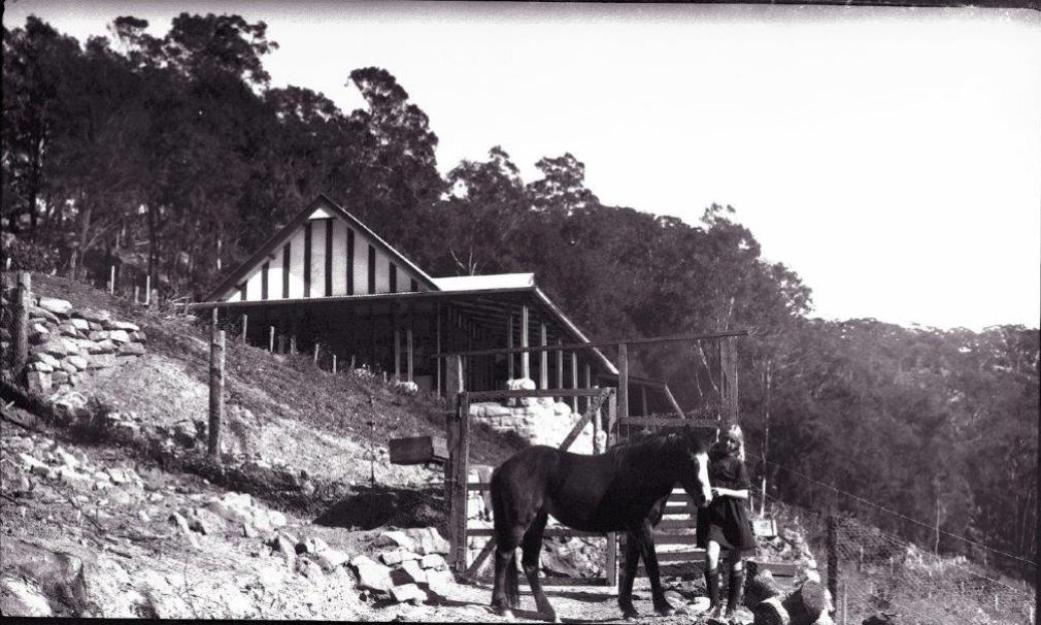
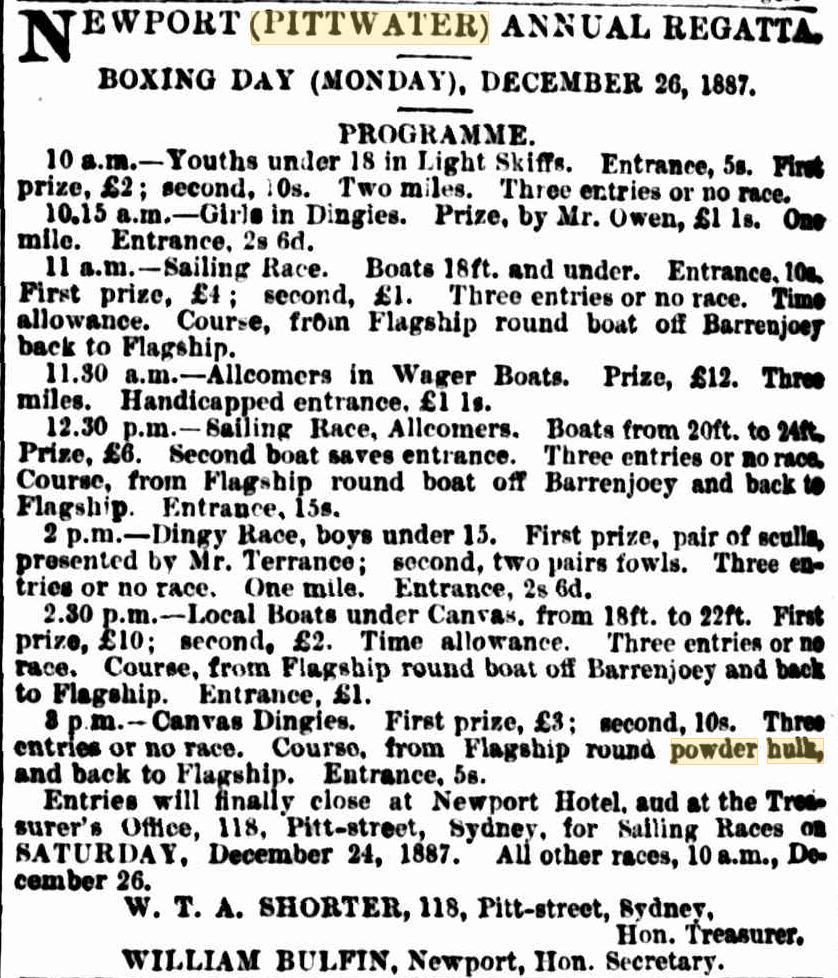
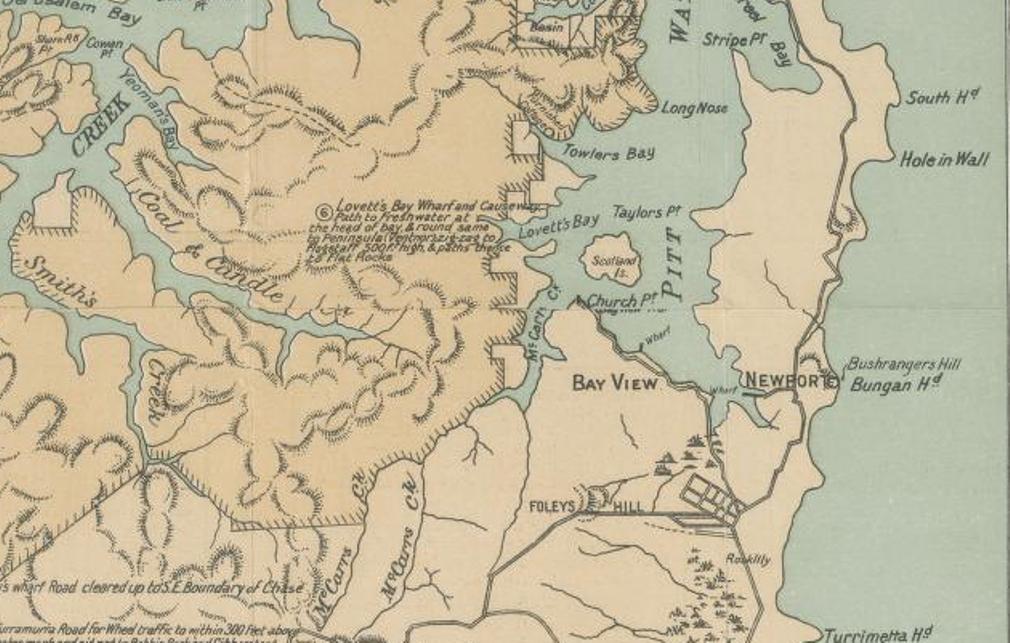
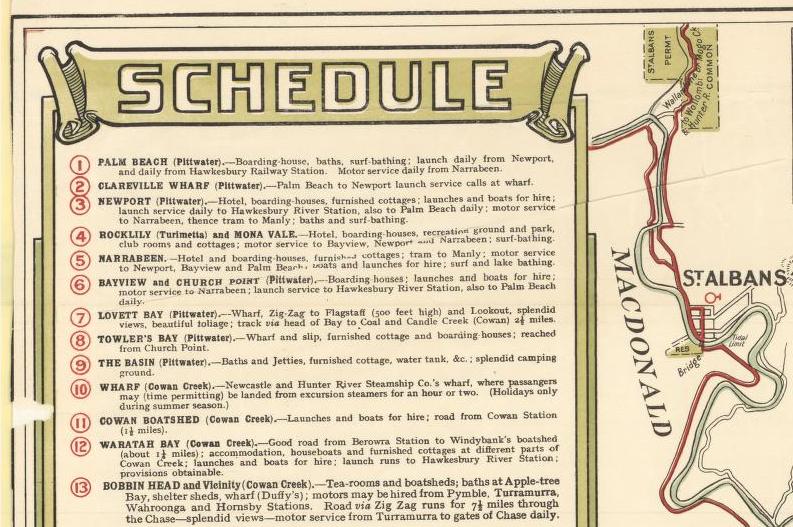
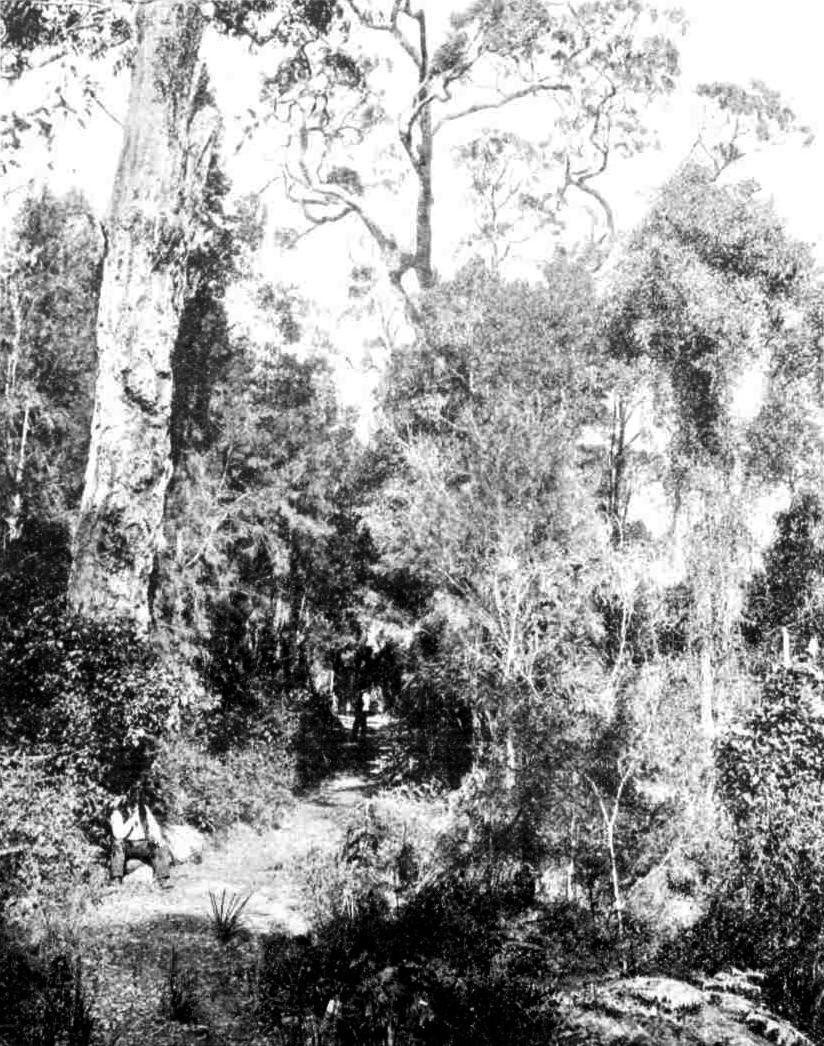
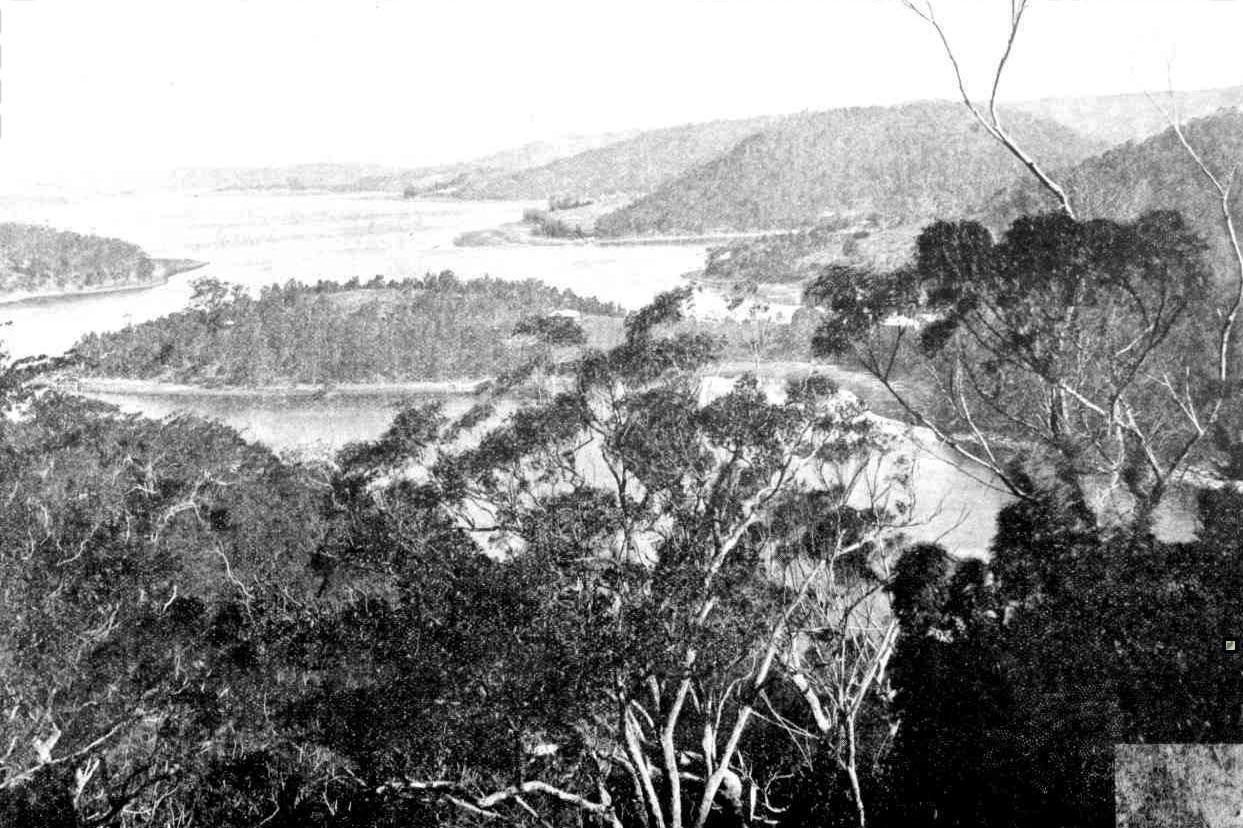
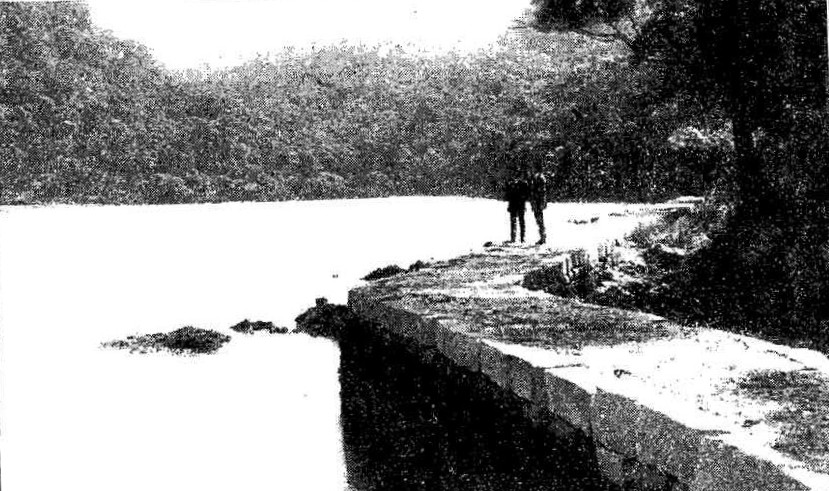
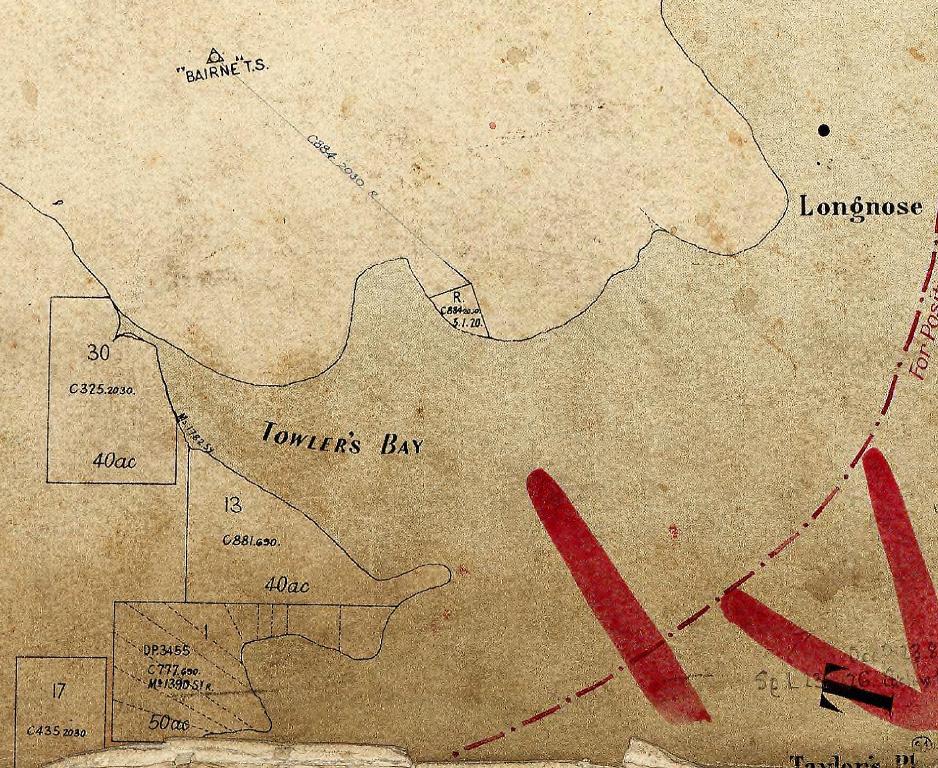
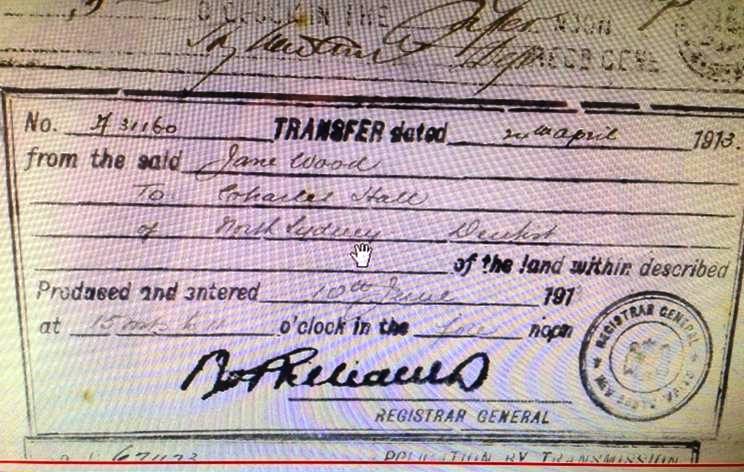
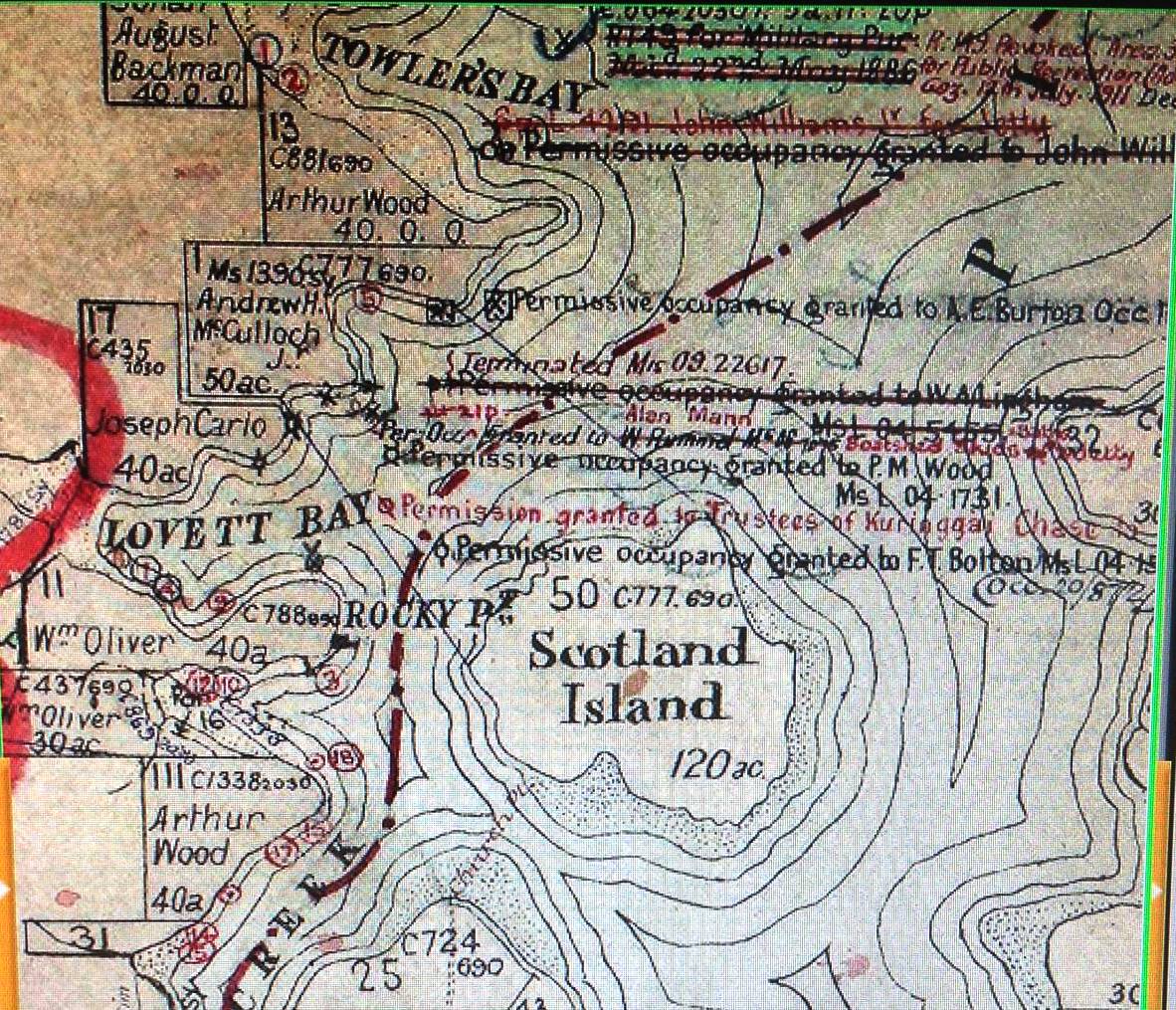
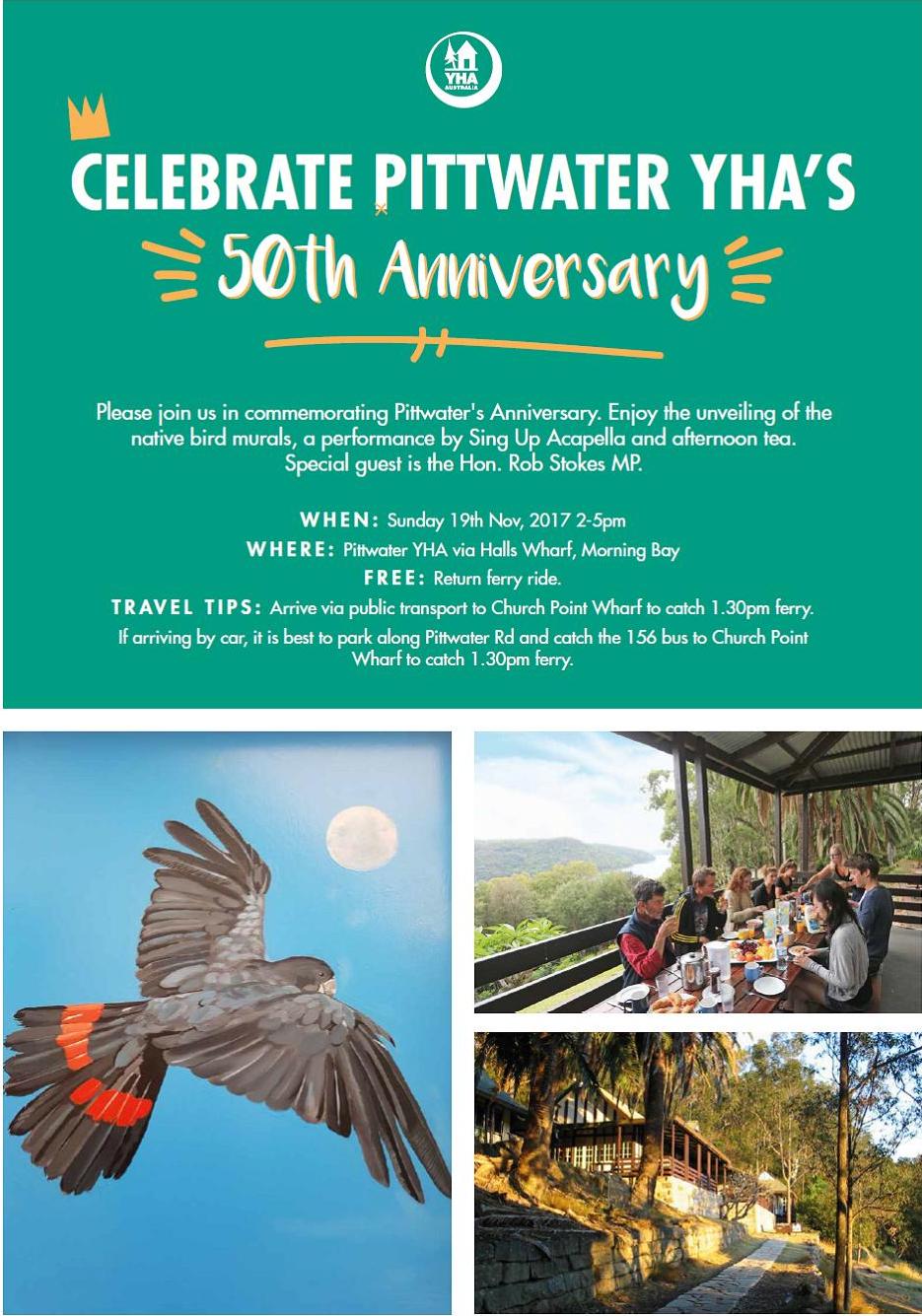
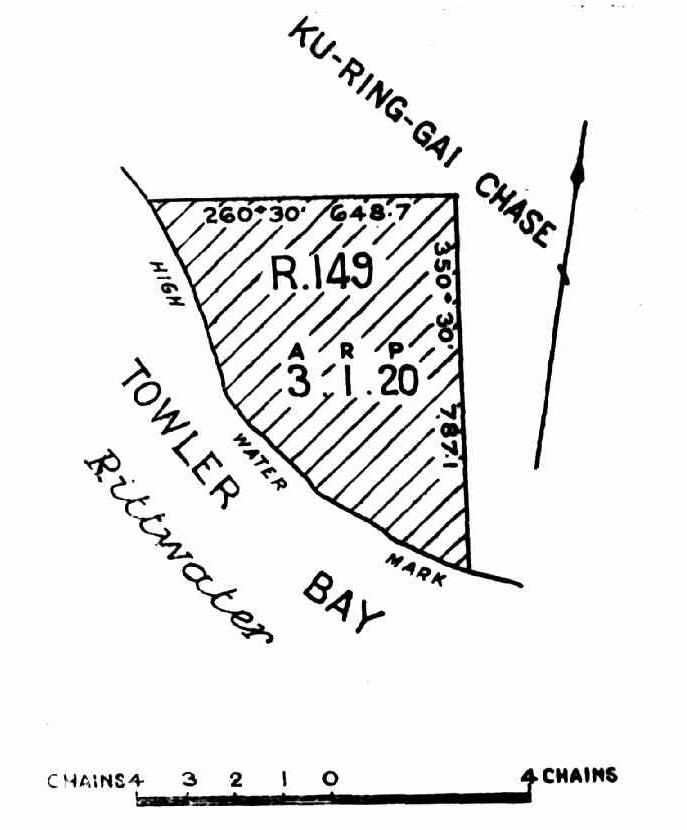
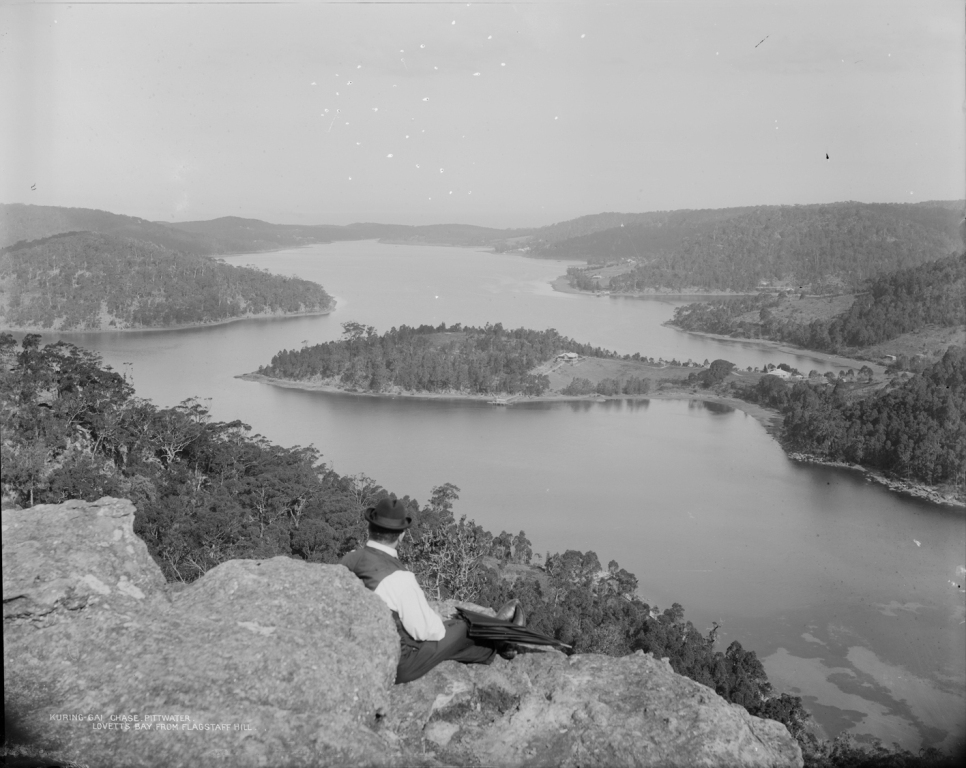
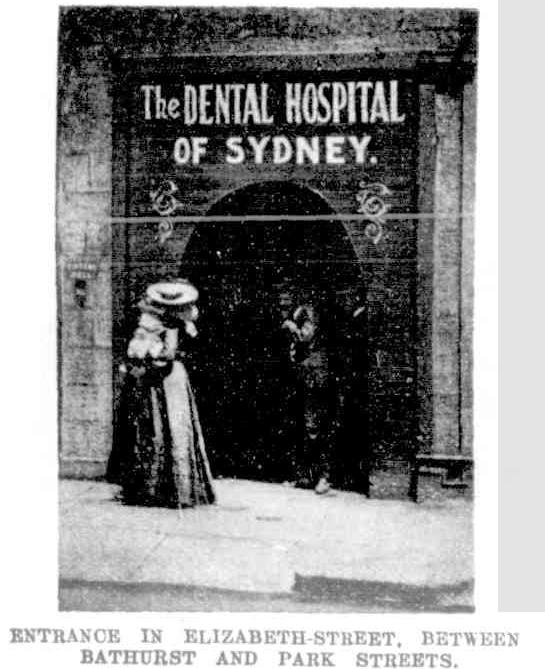
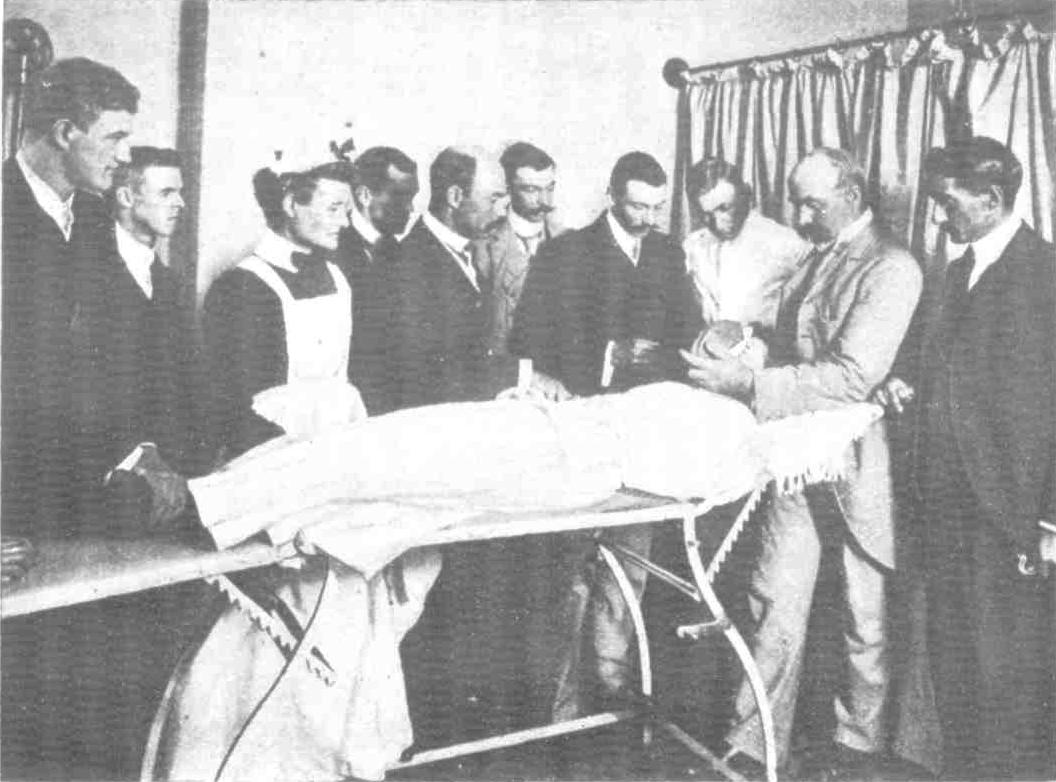
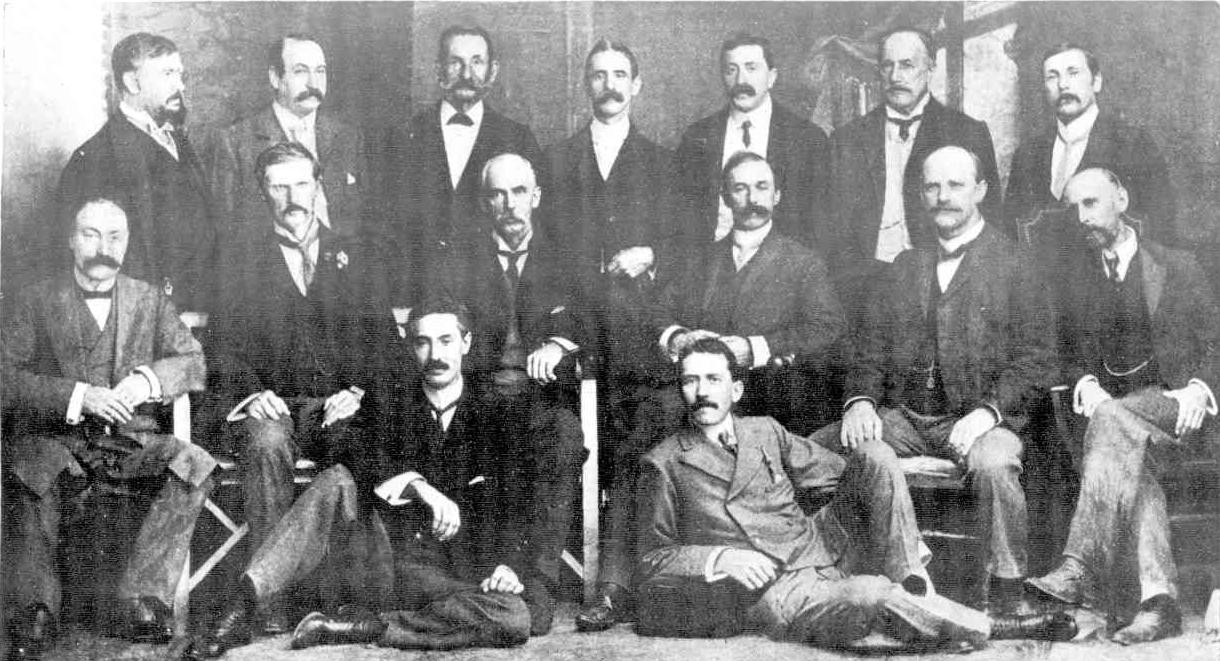
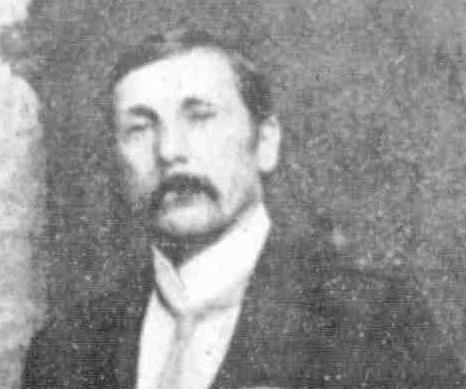
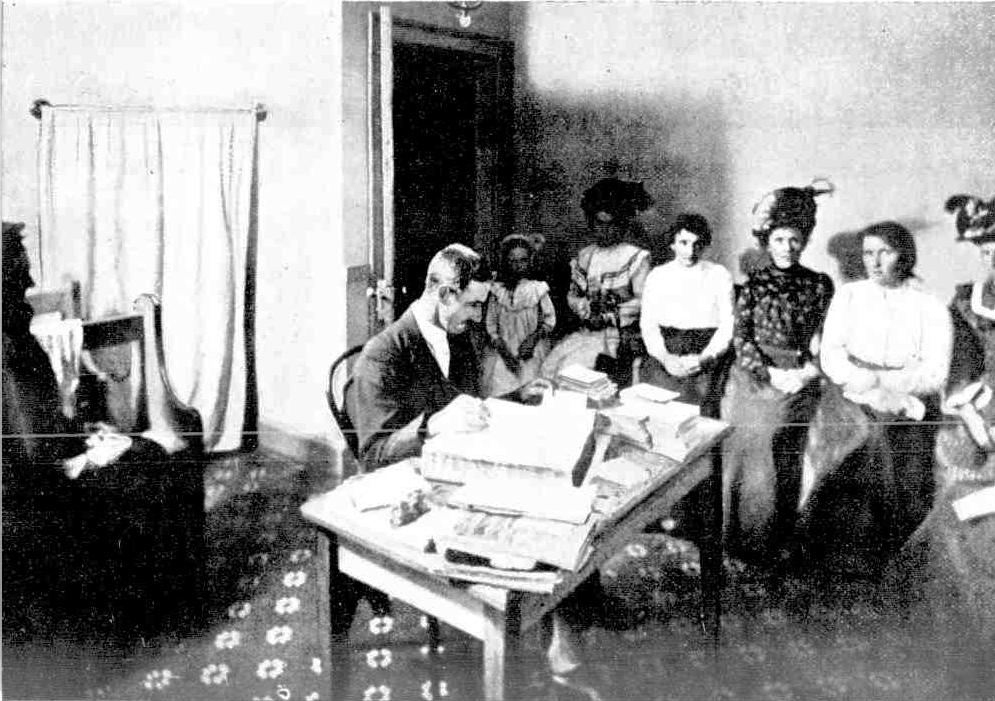
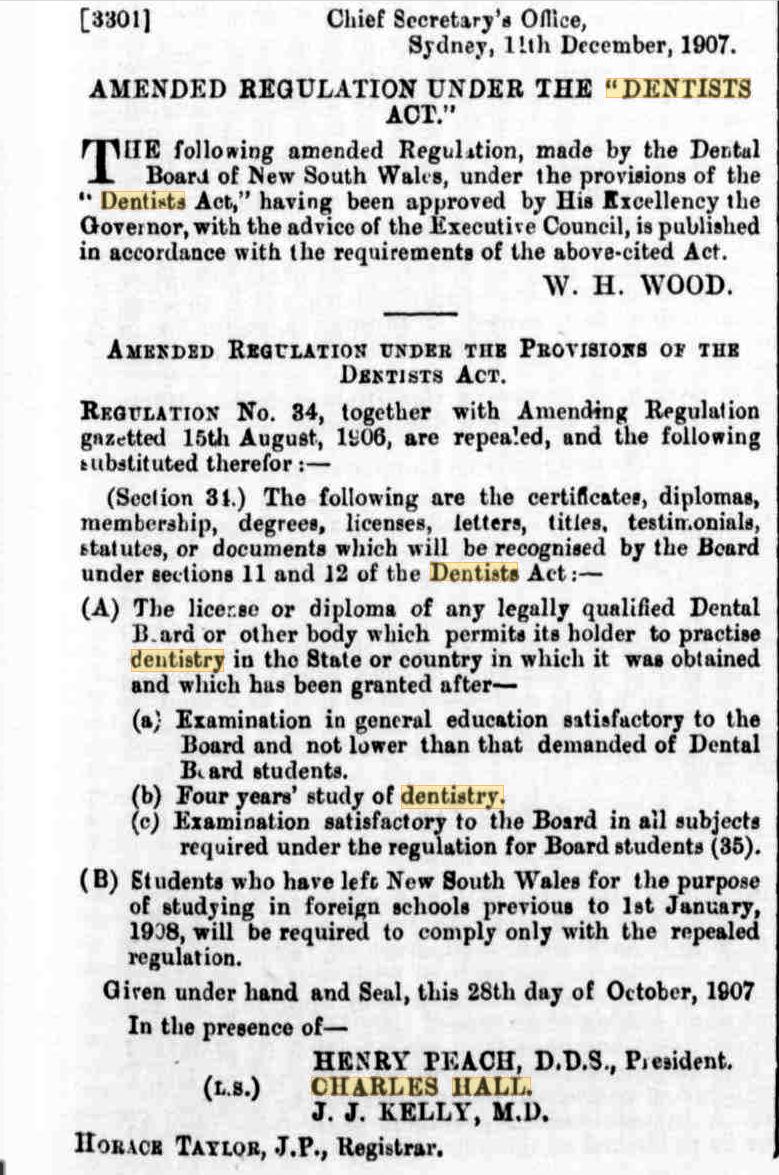
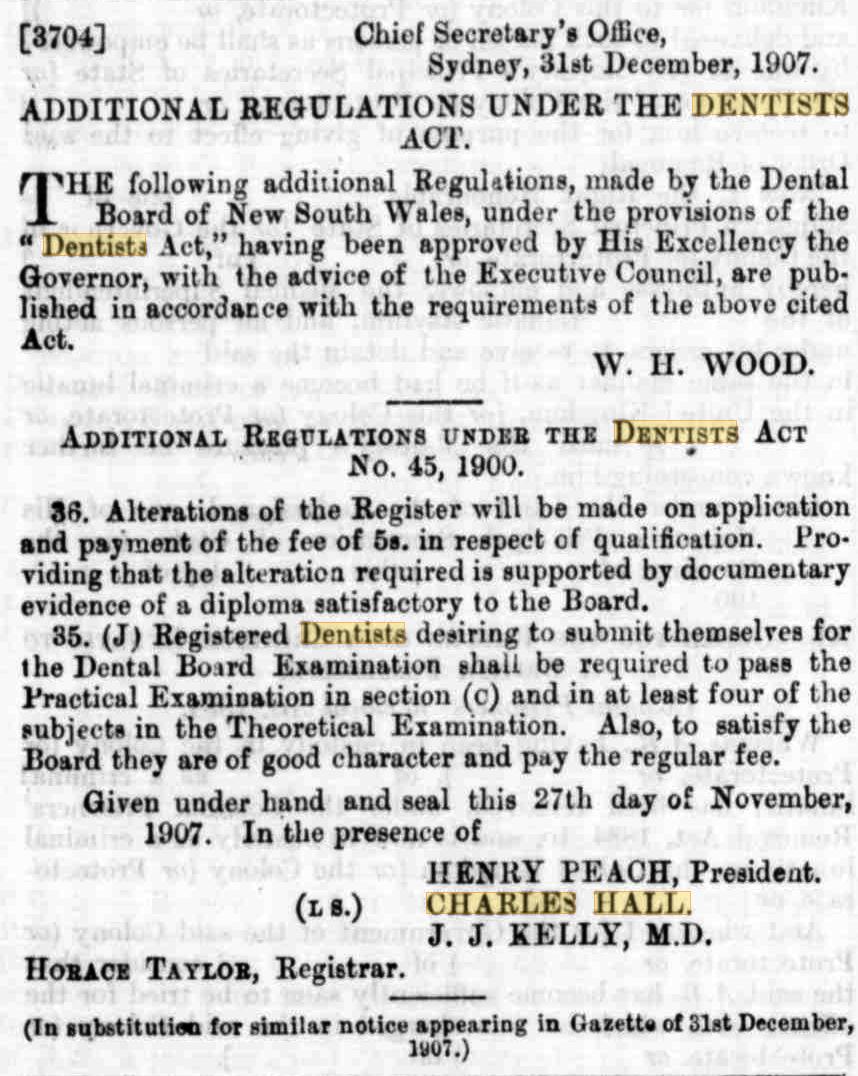

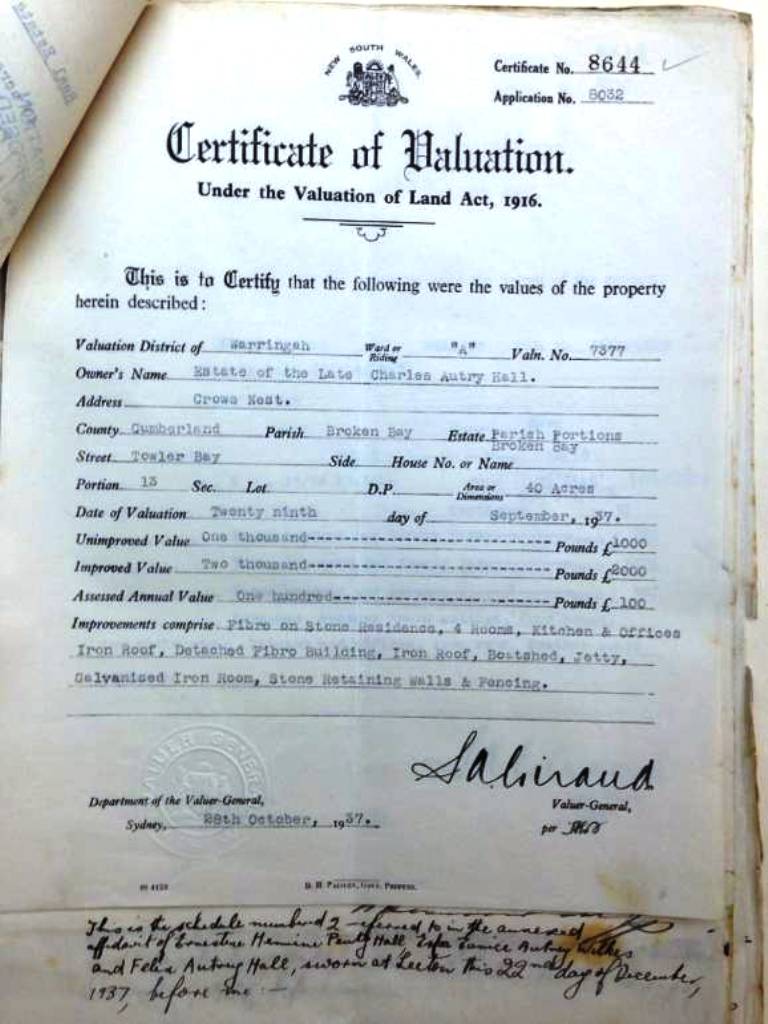
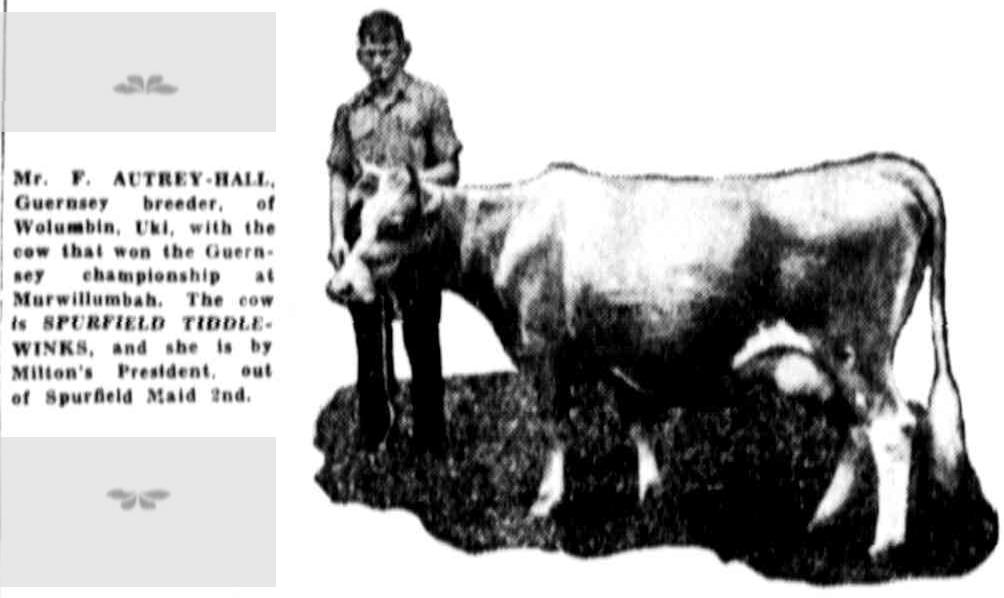
 NEW WARDEN.
NEW WARDEN. NEW WARDEN FOR SETTLEMENT
NEW WARDEN FOR SETTLEMENT